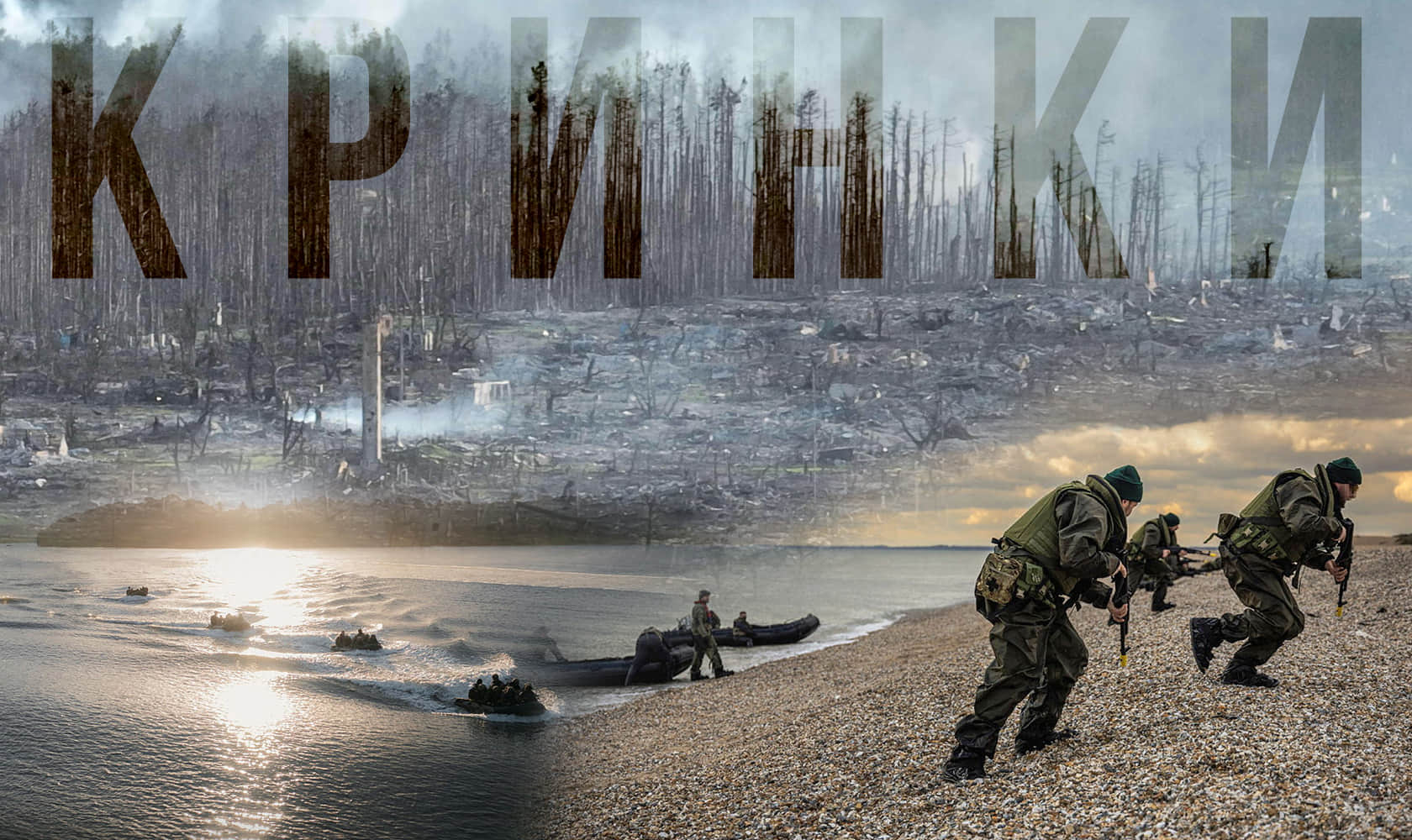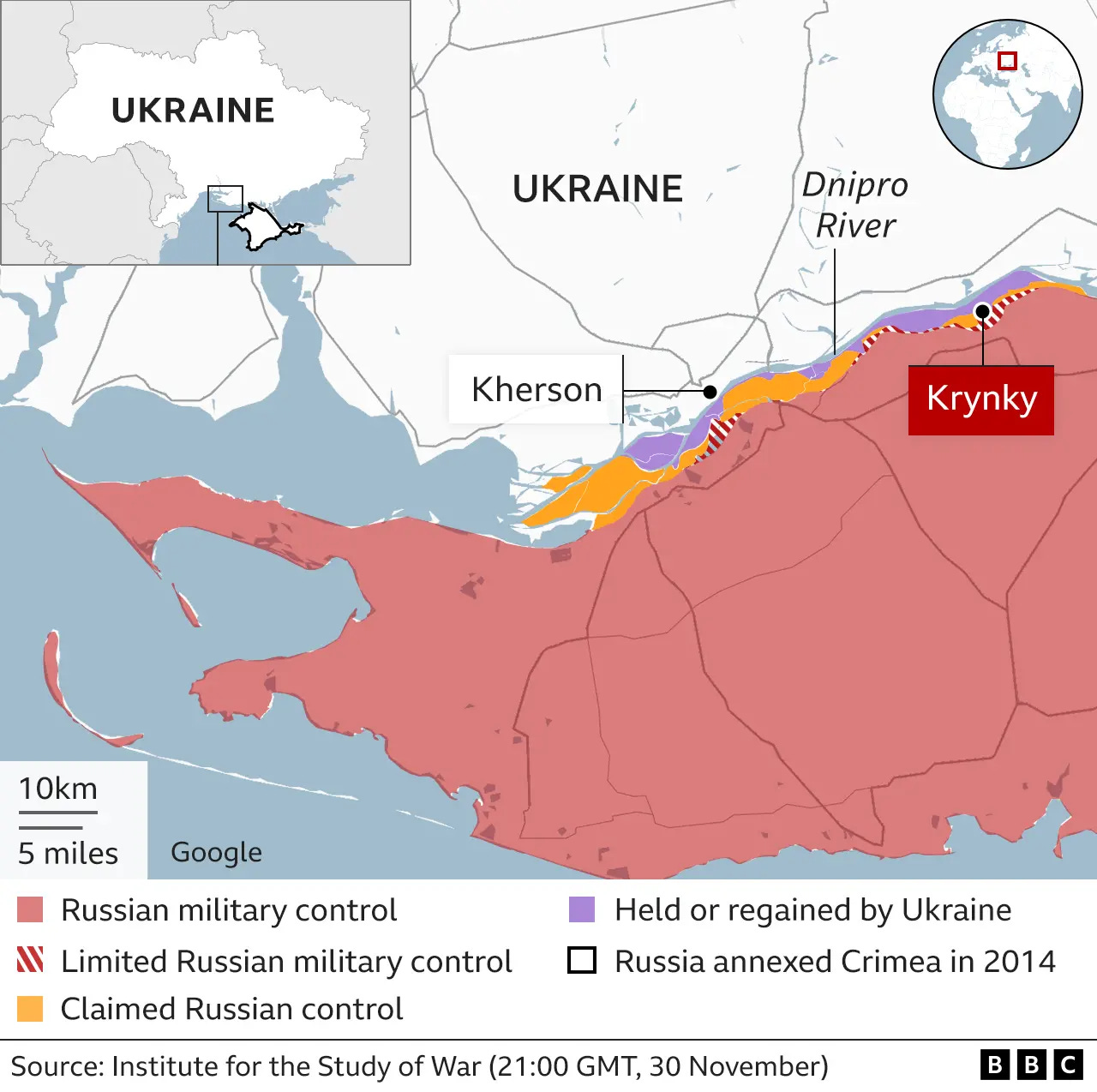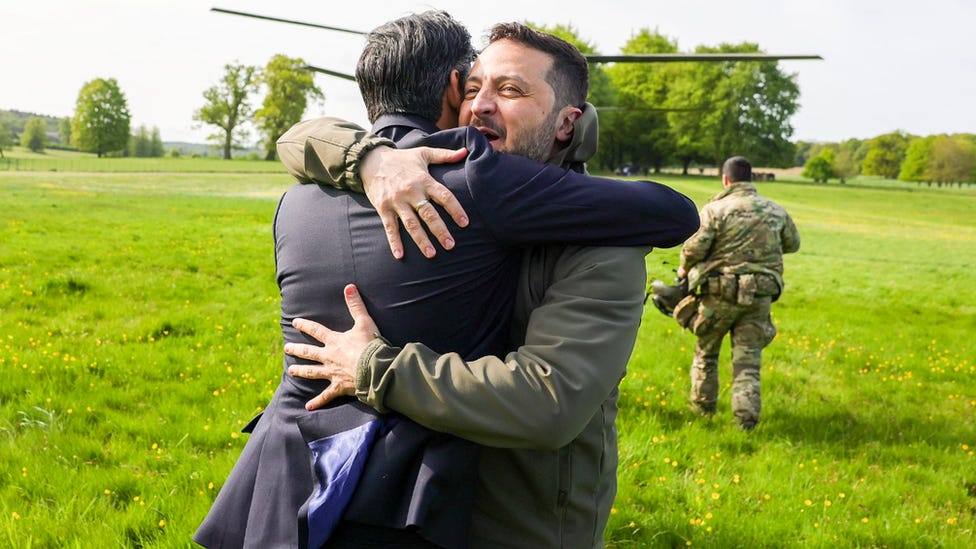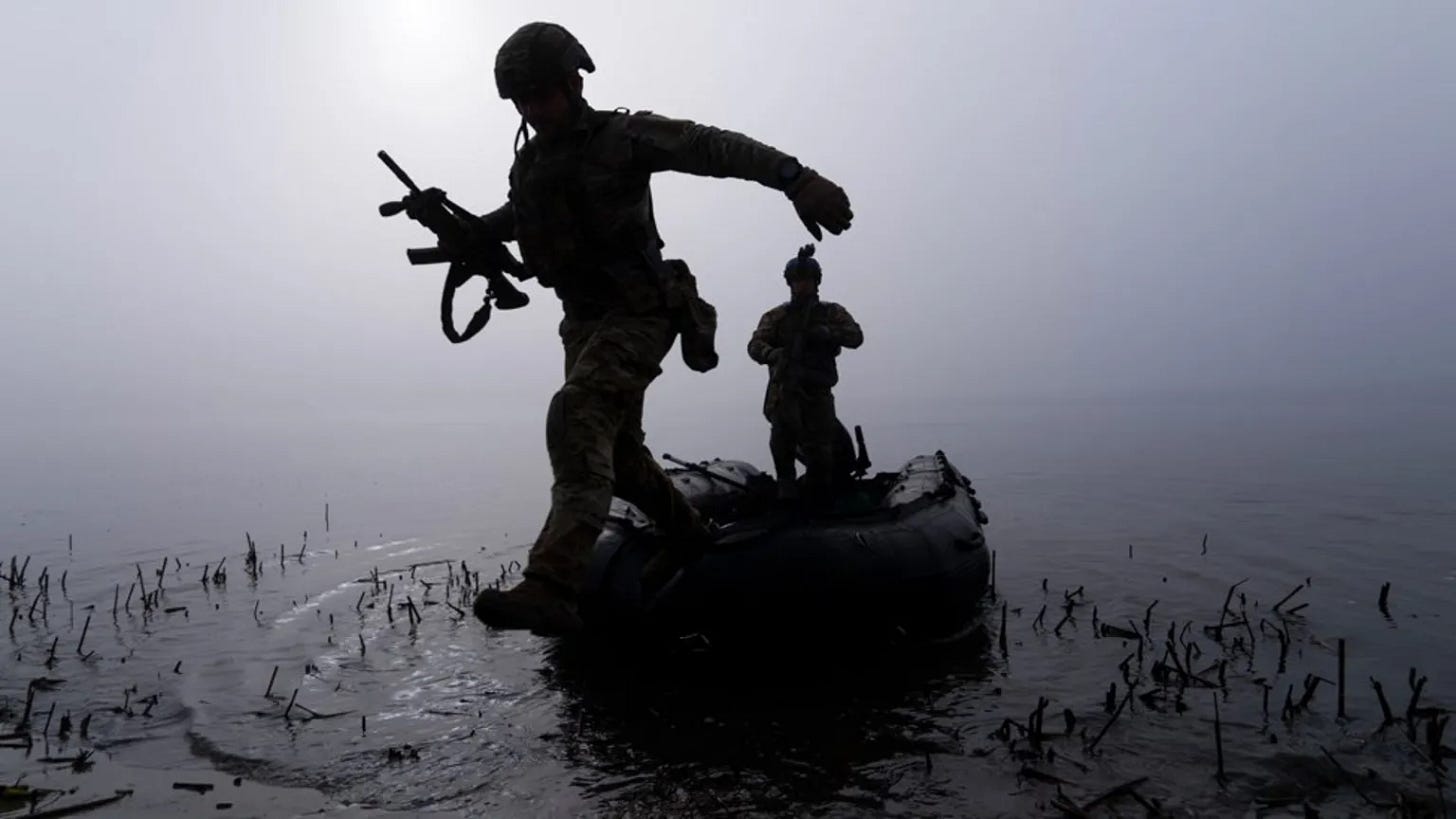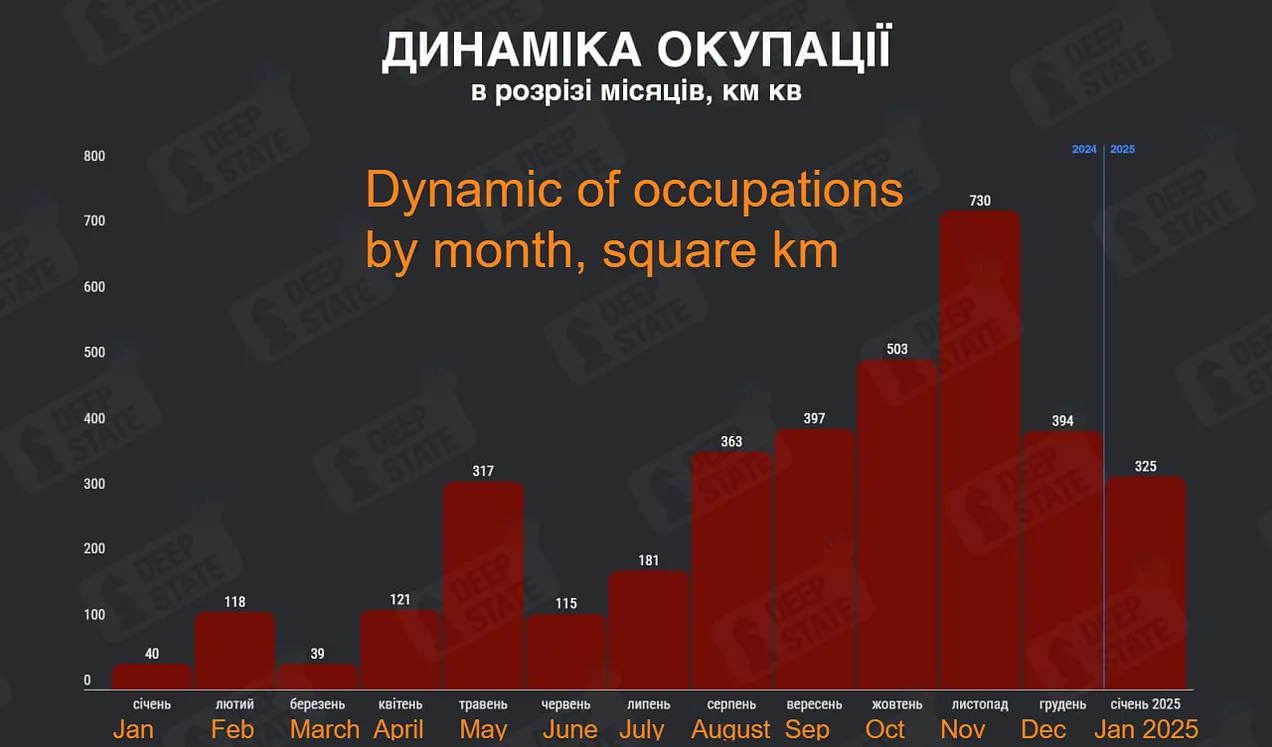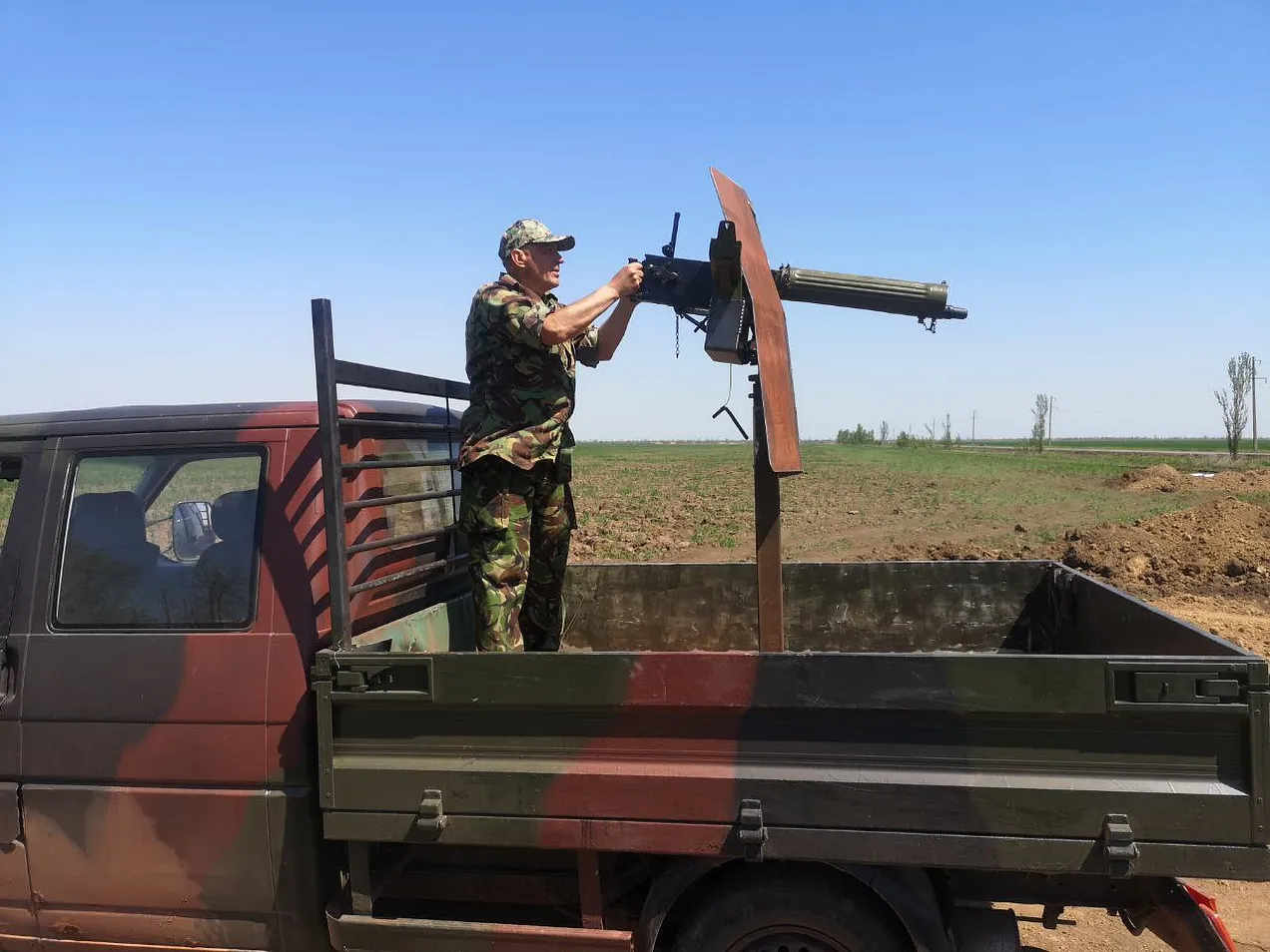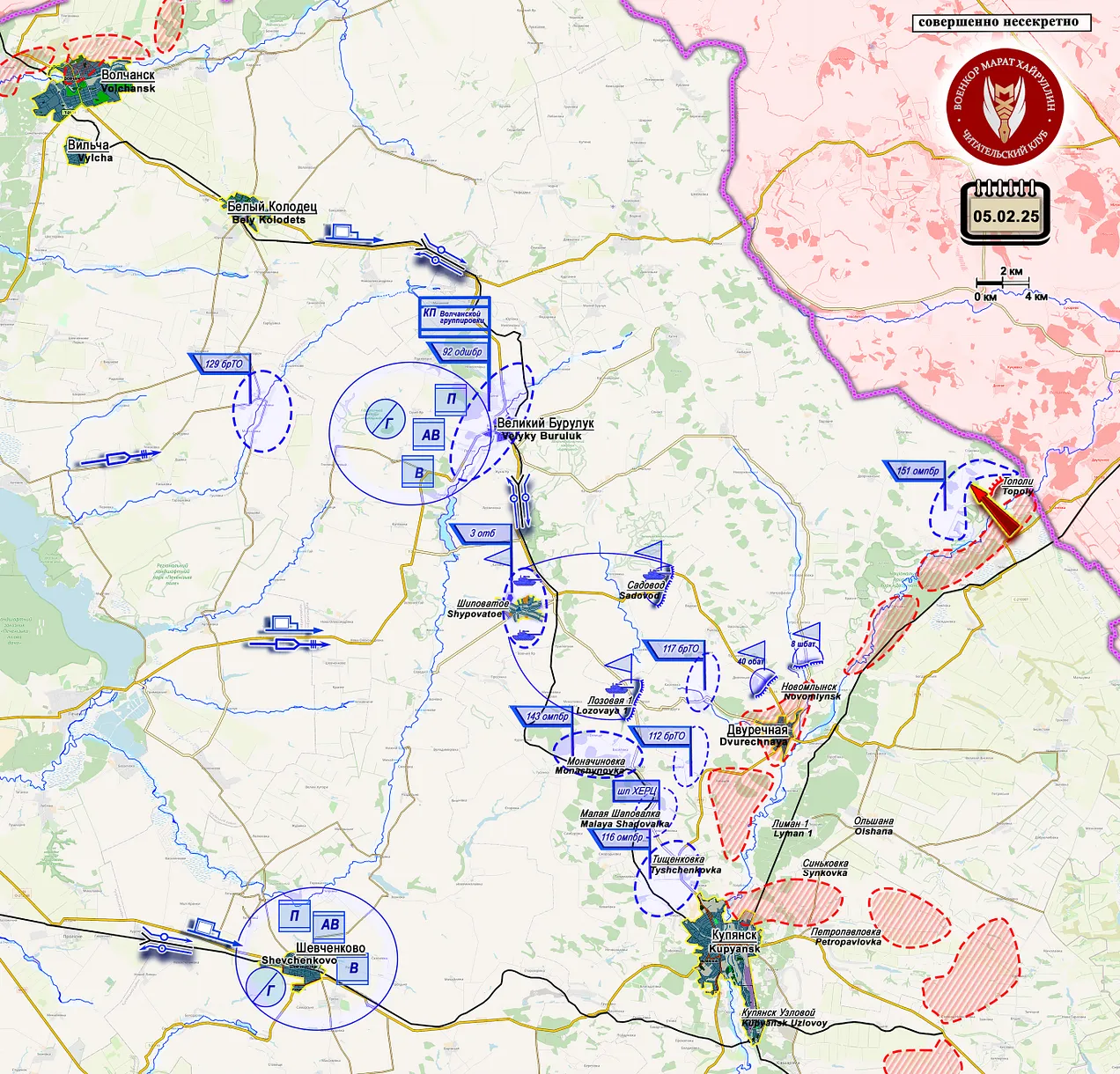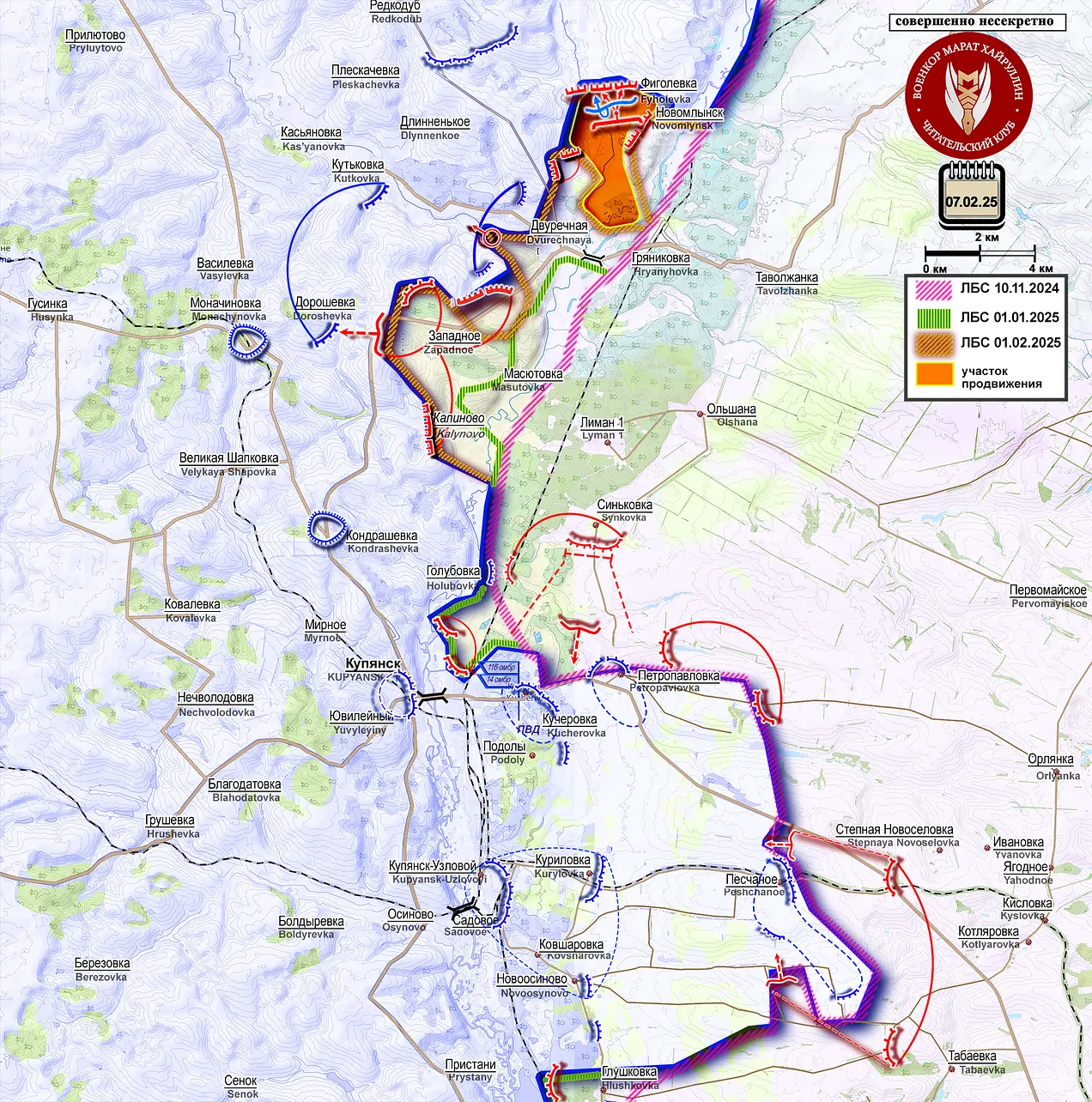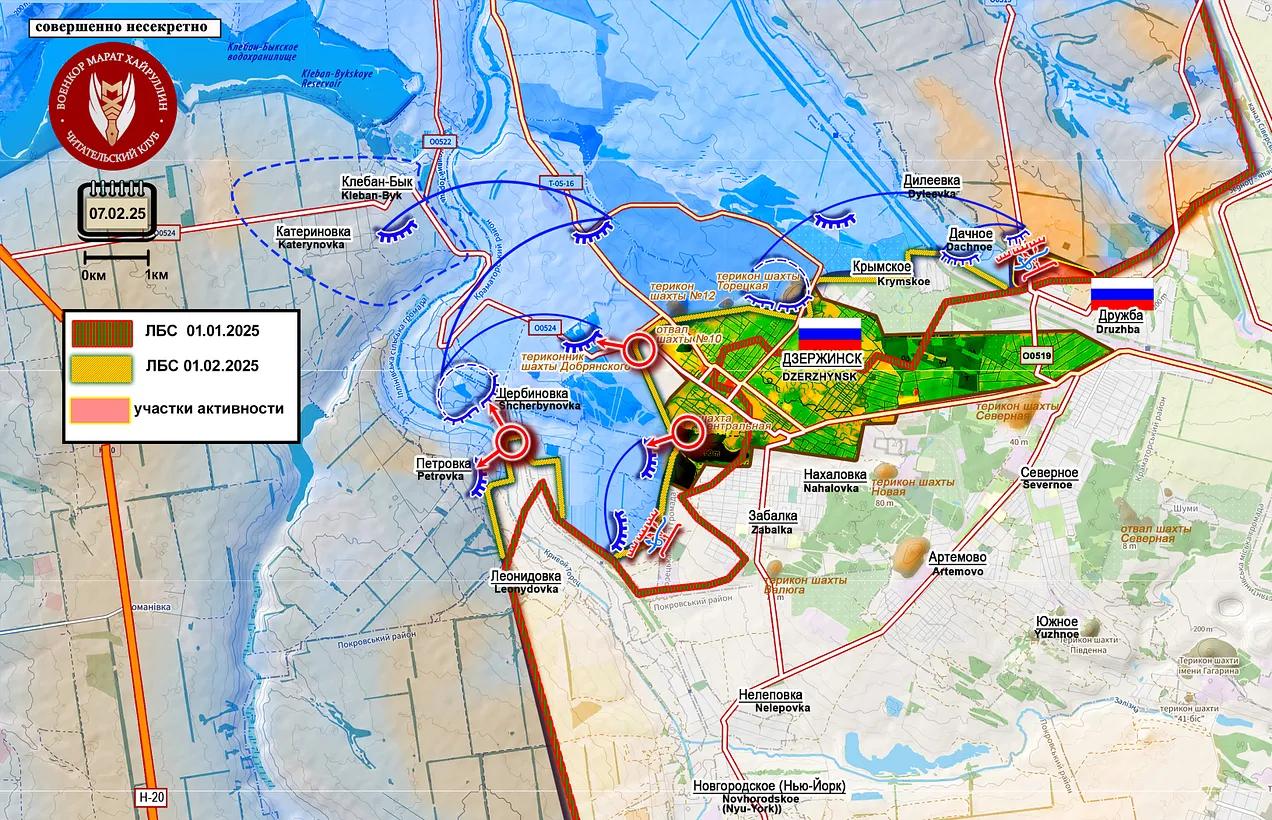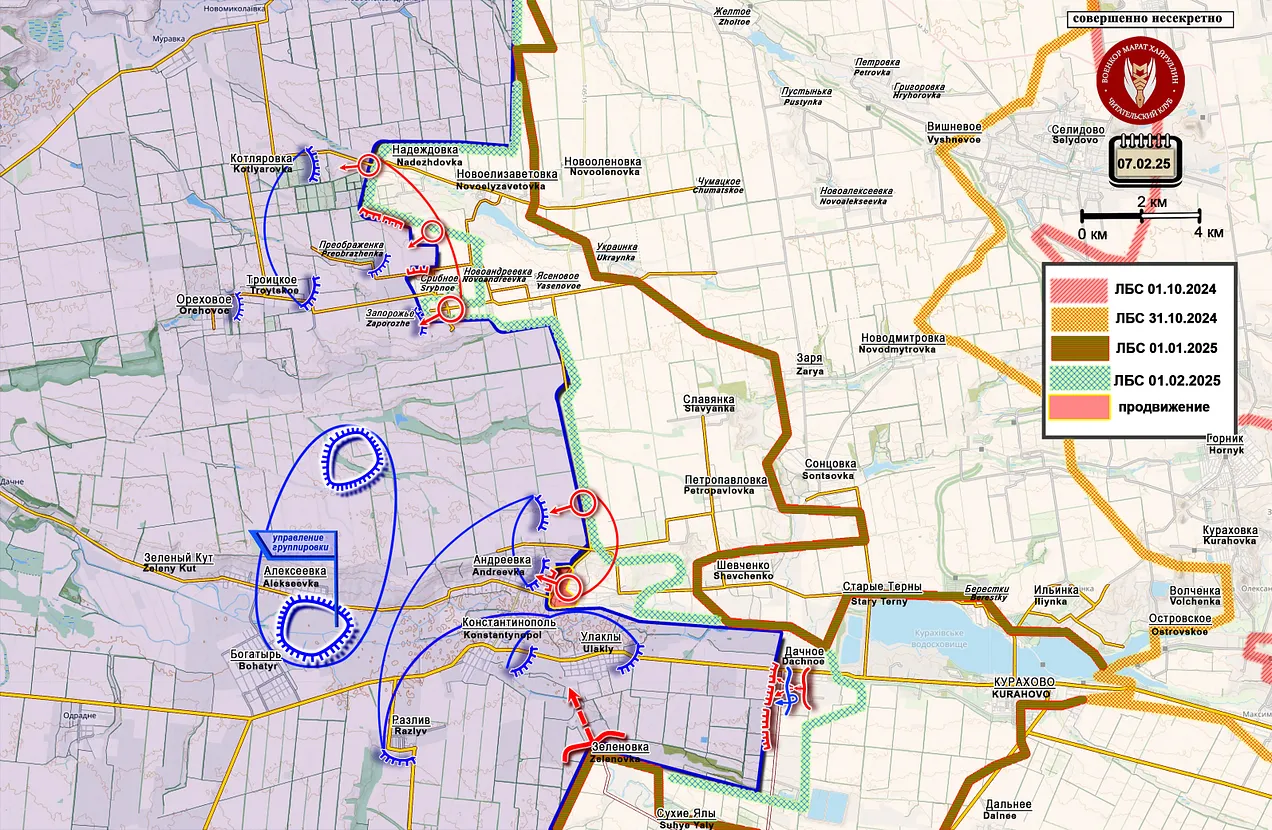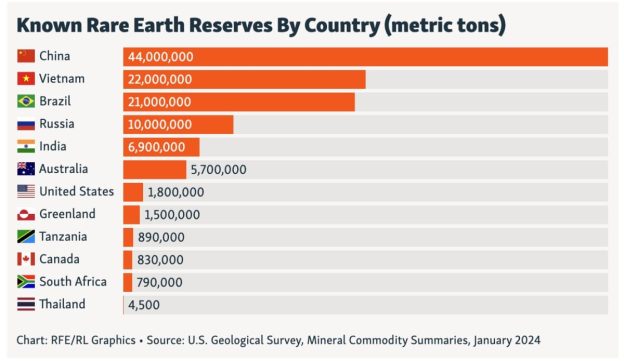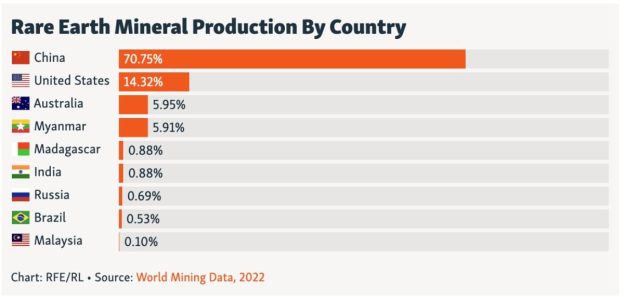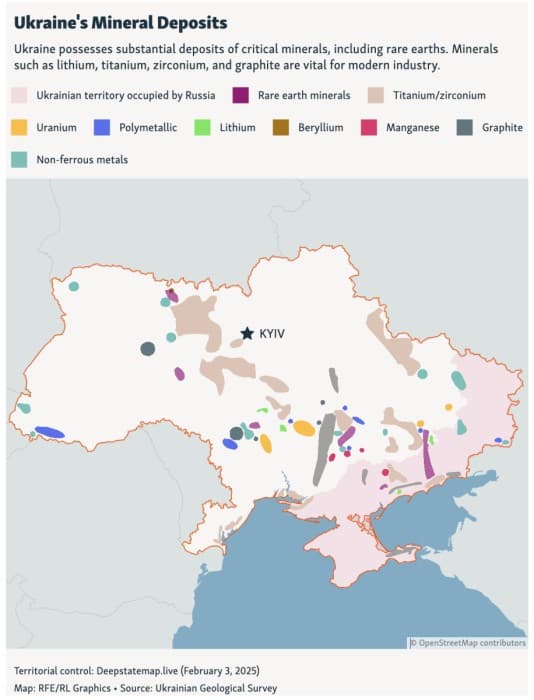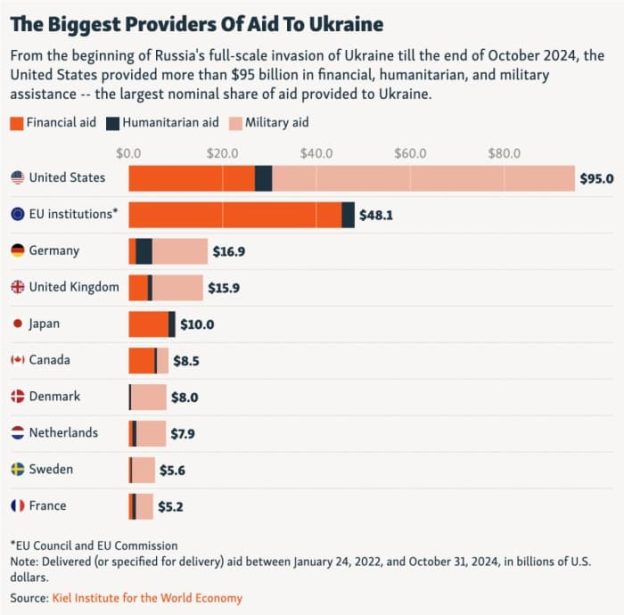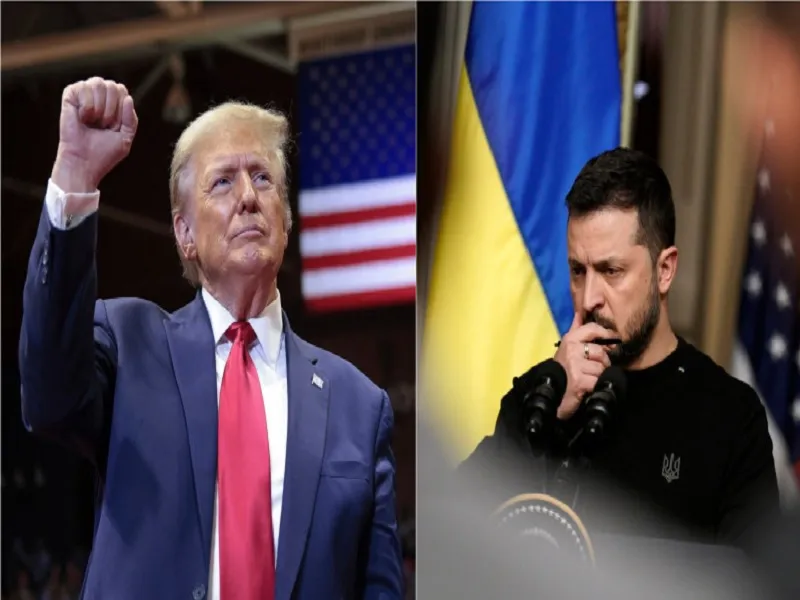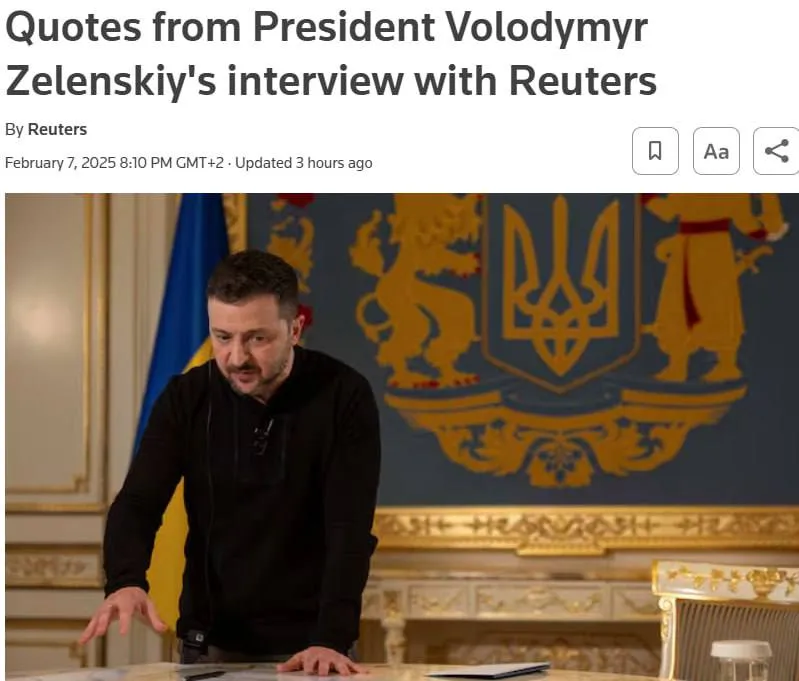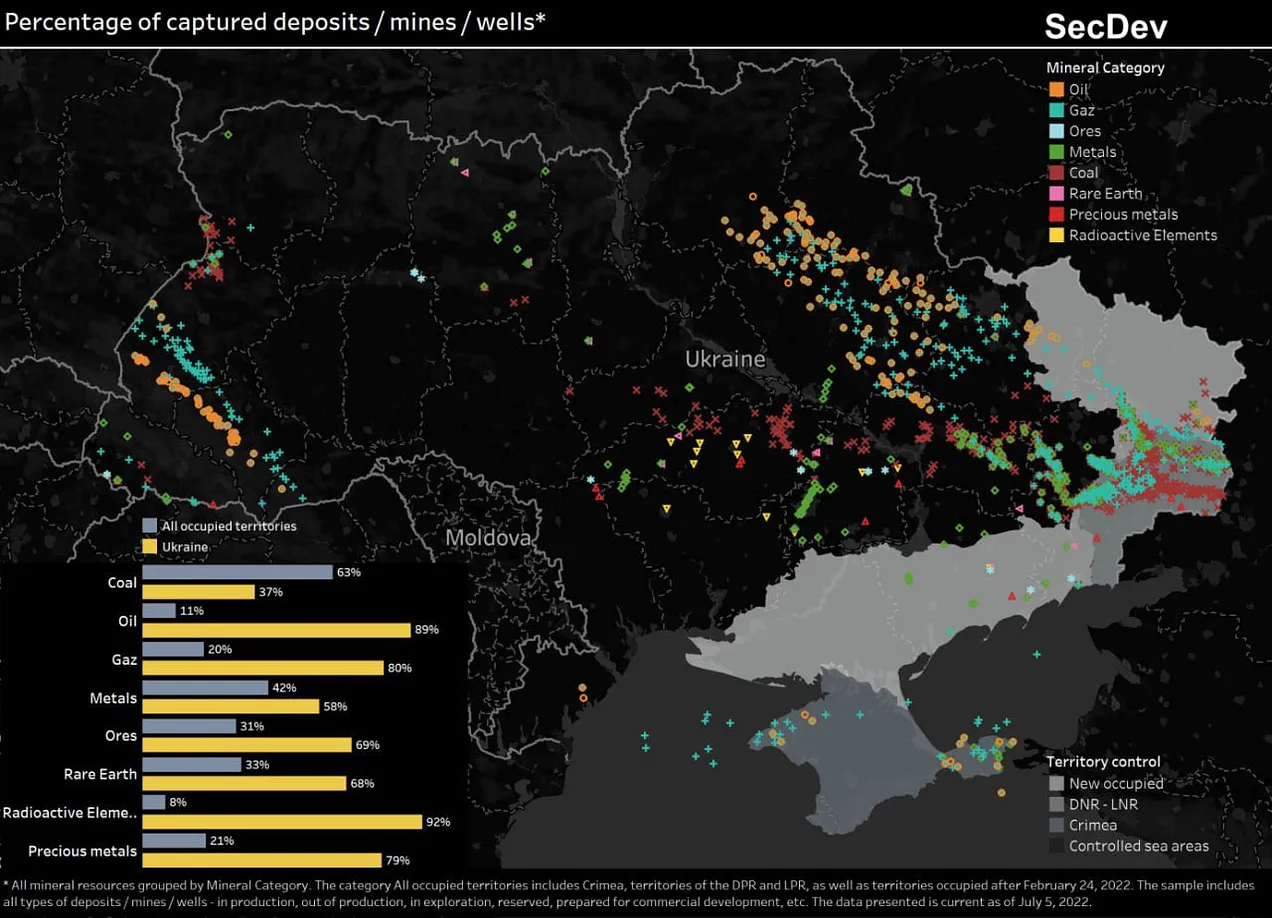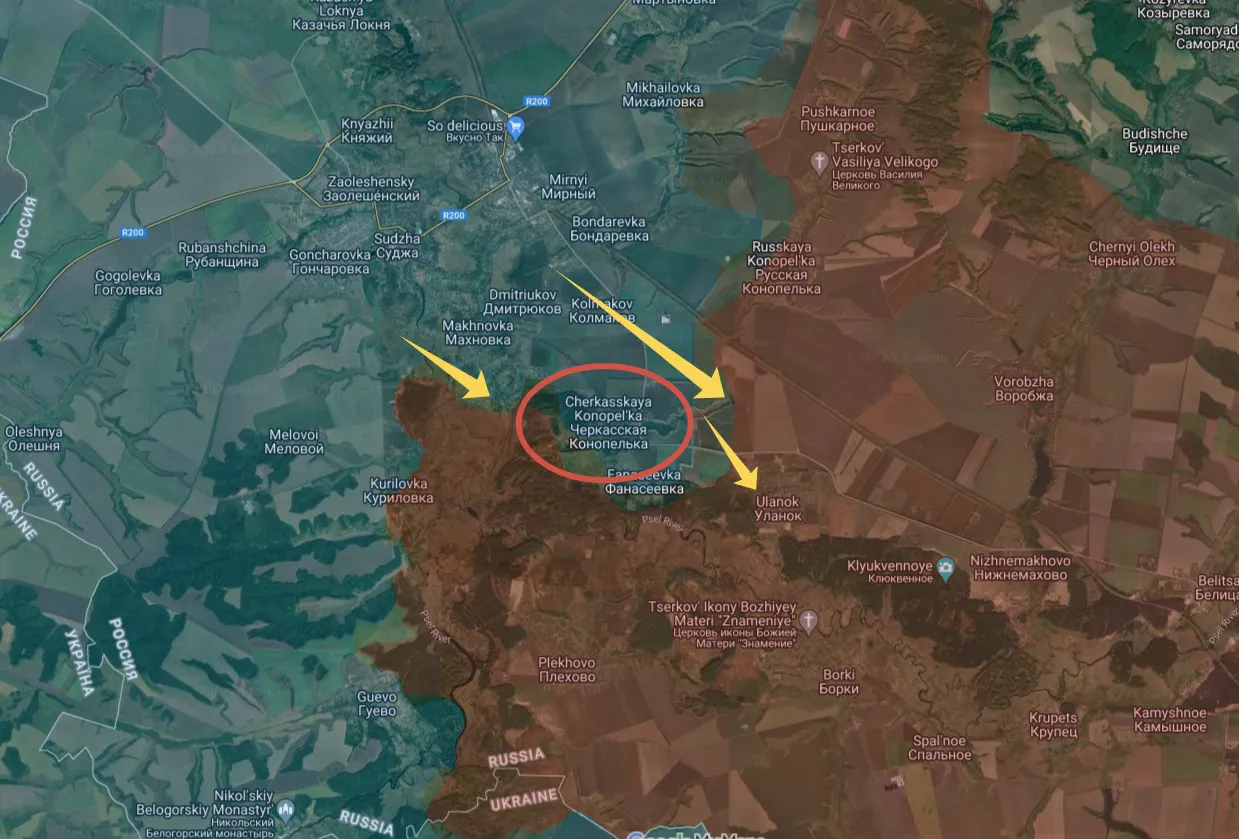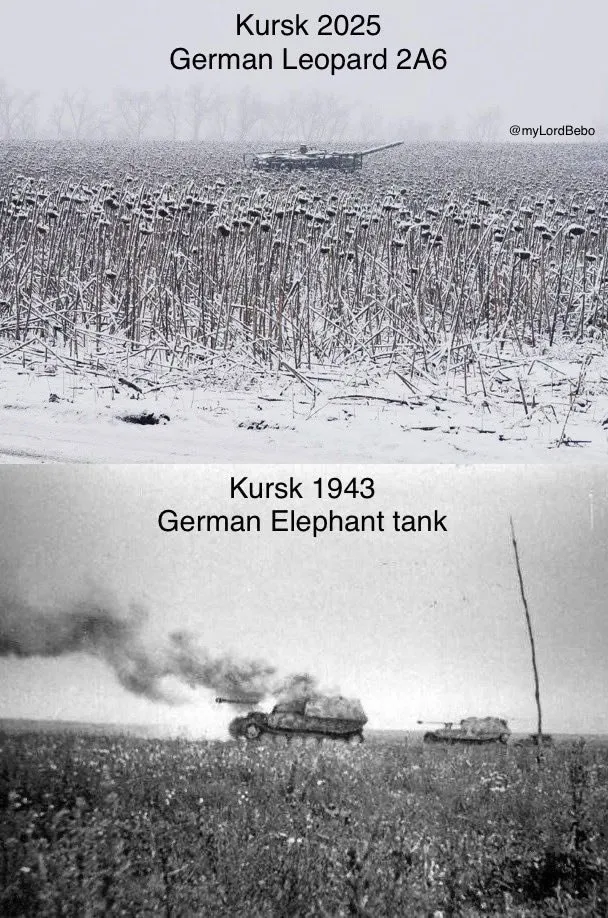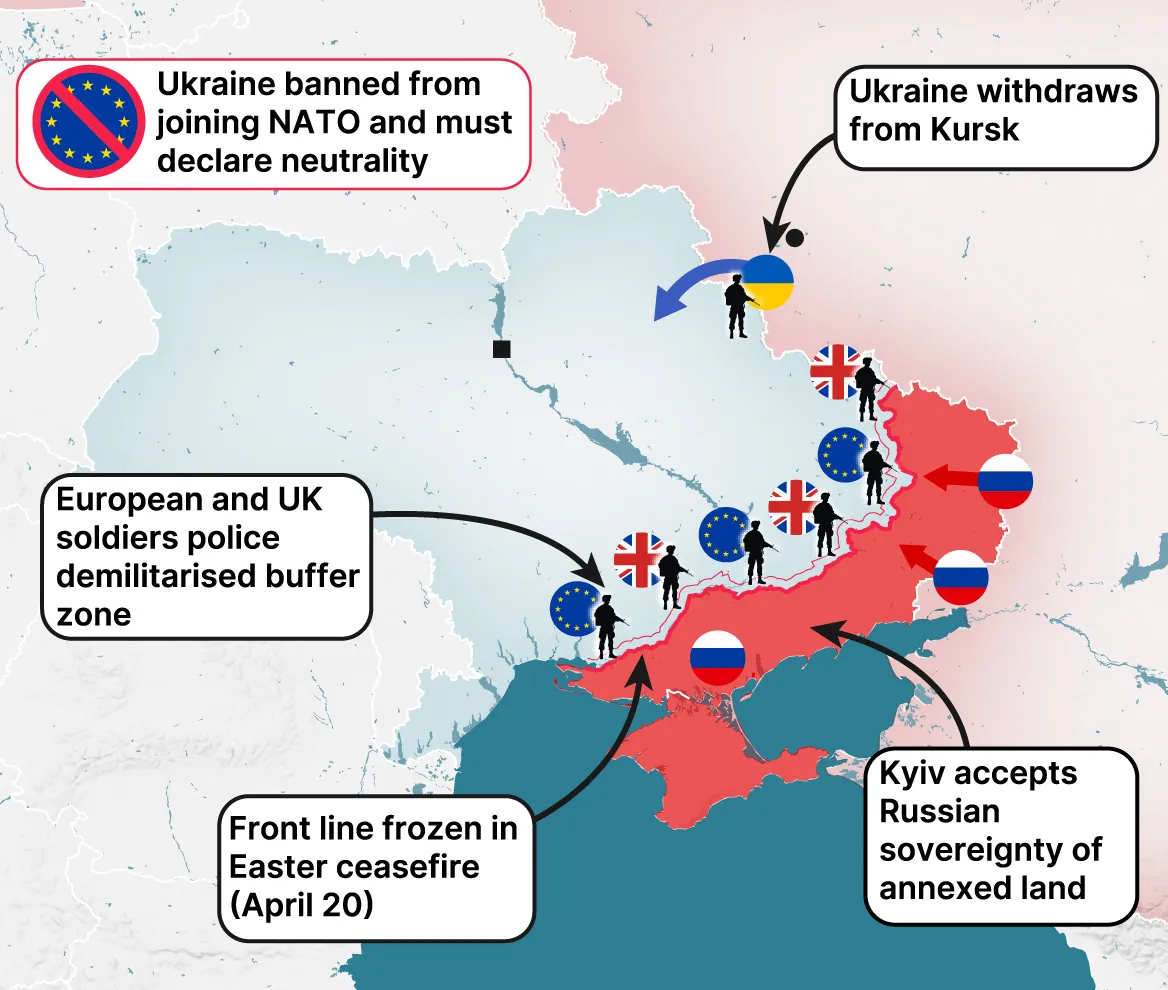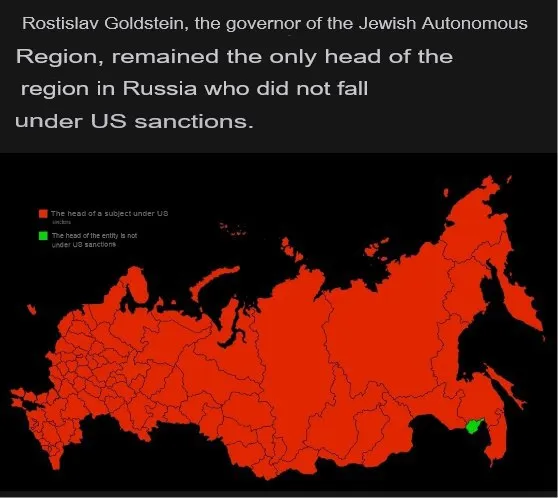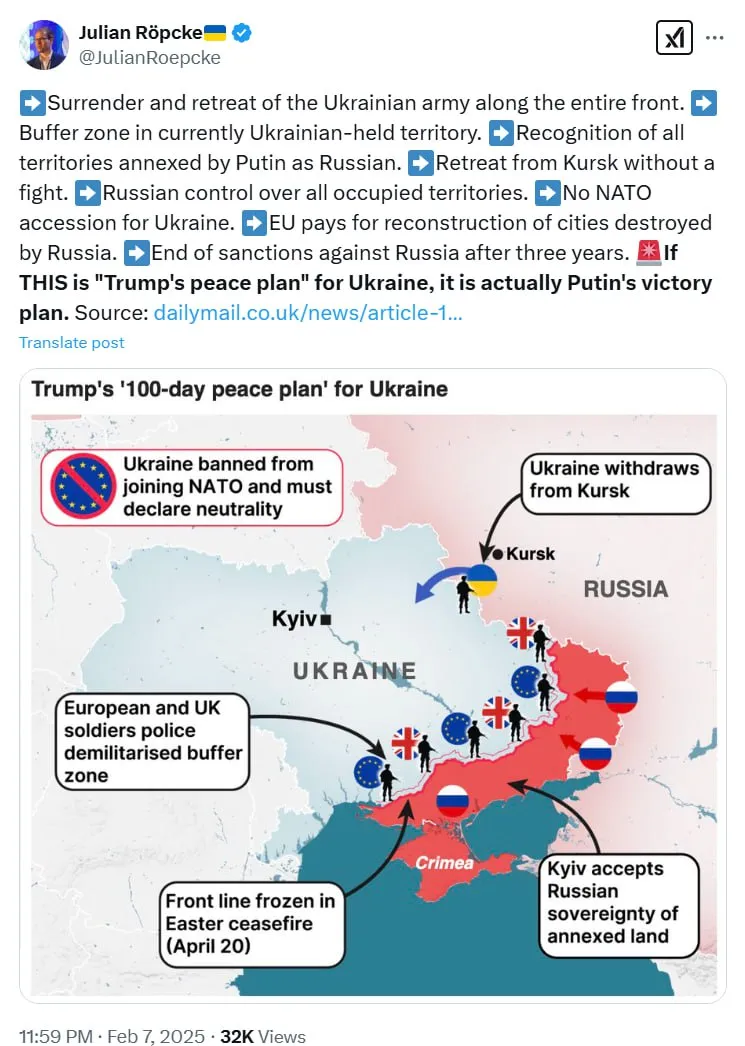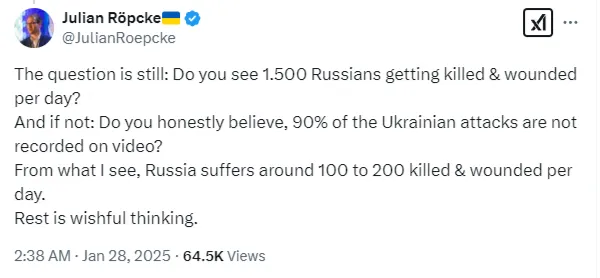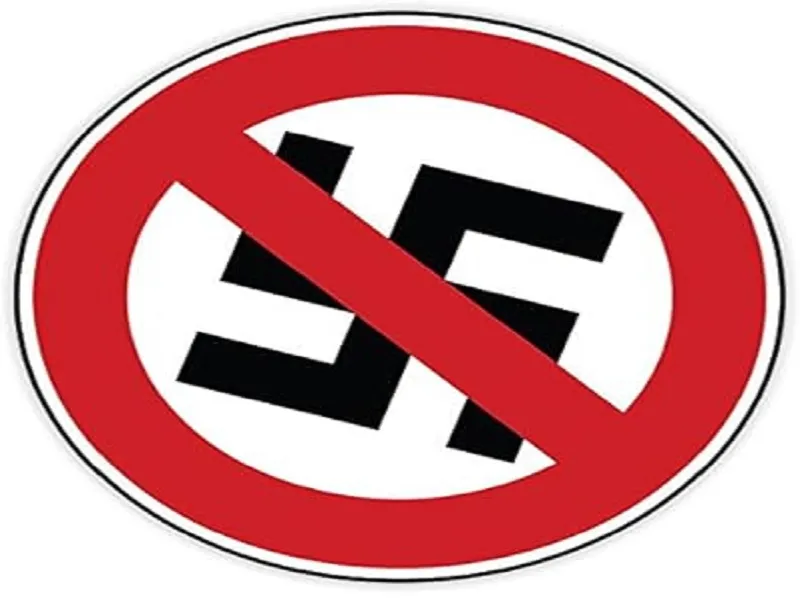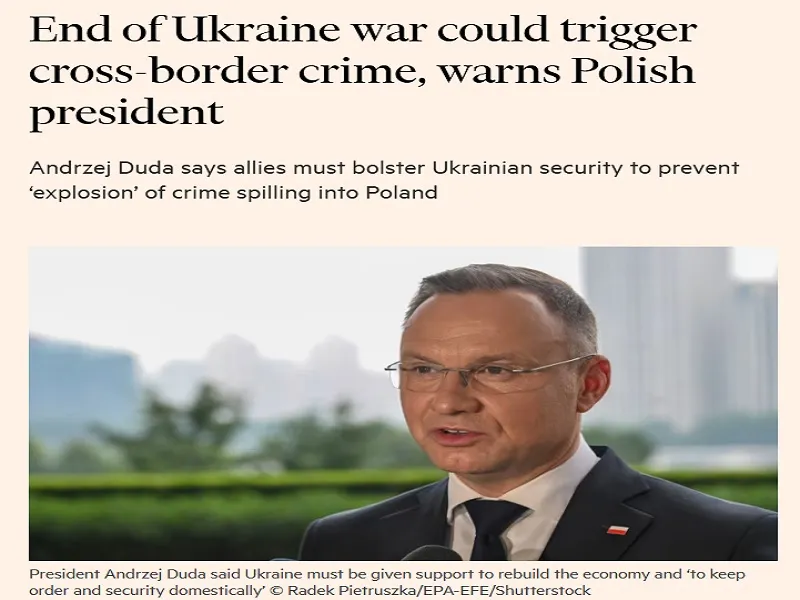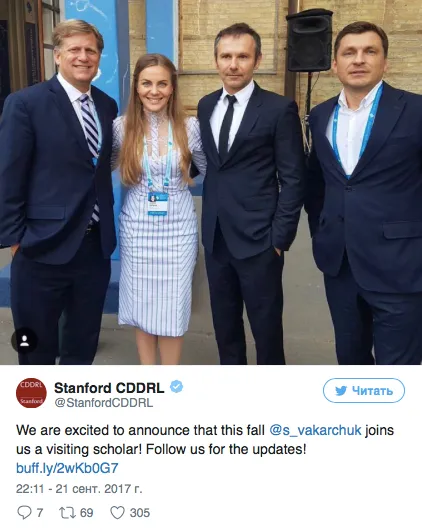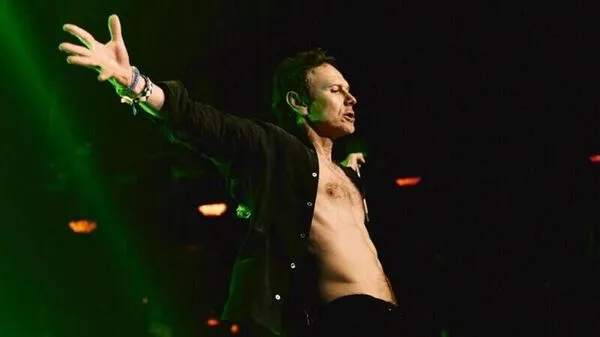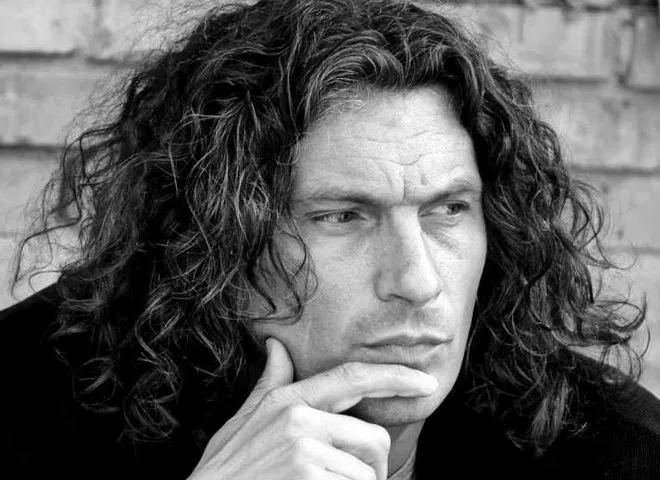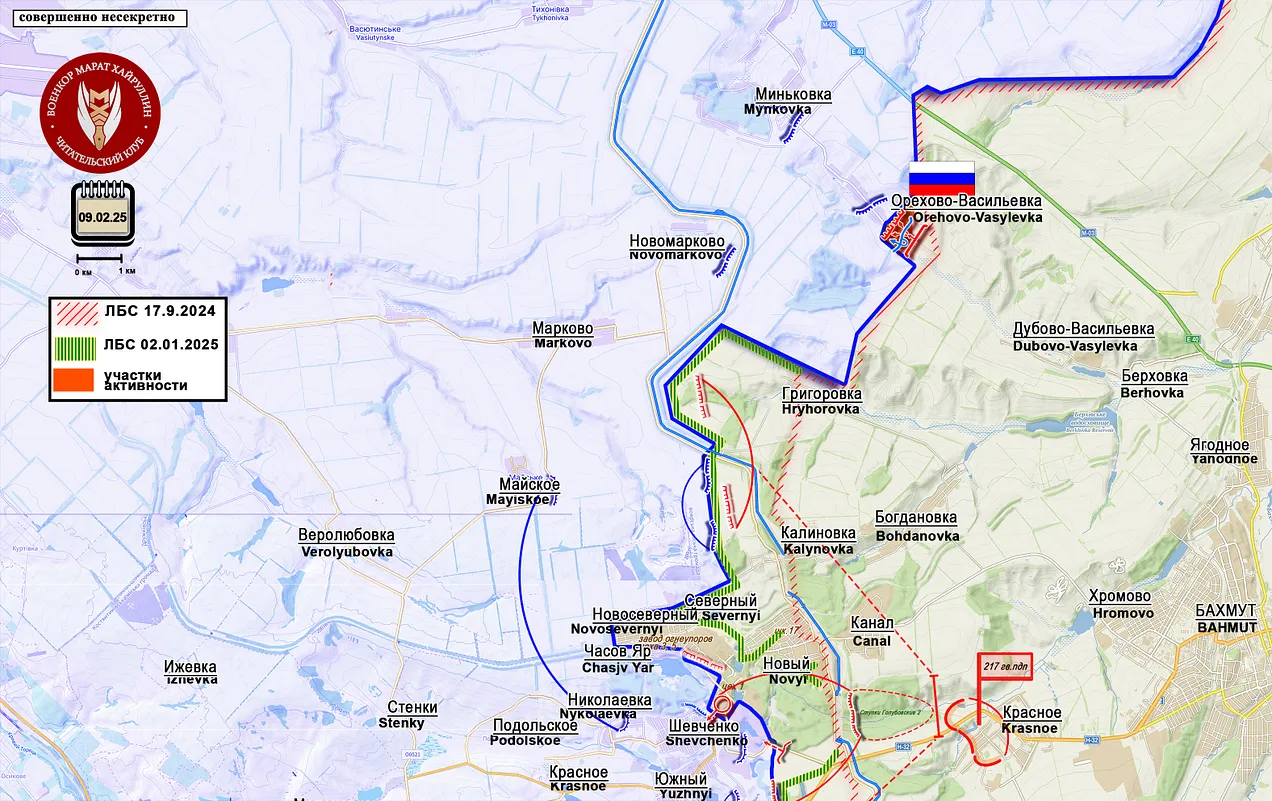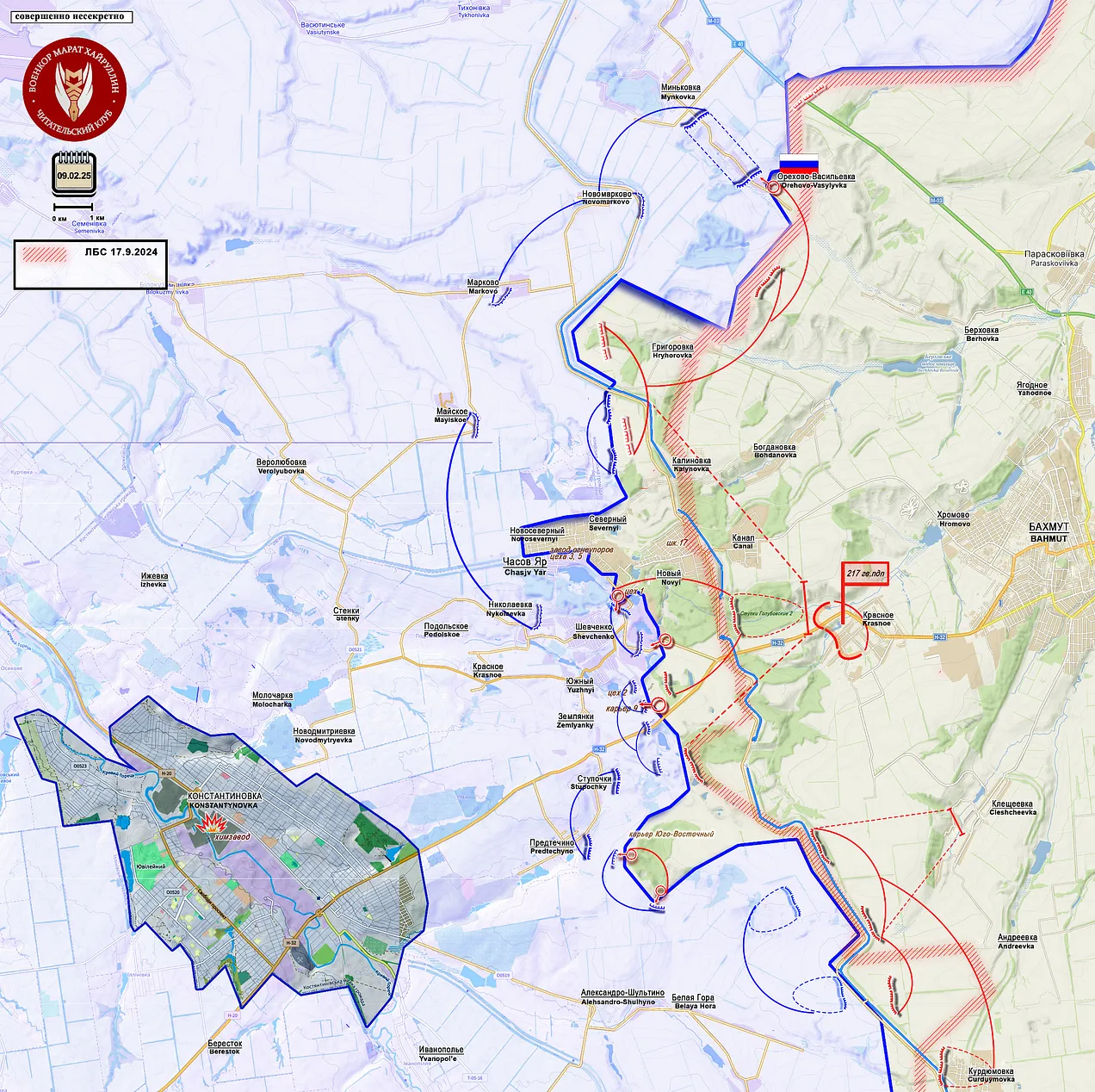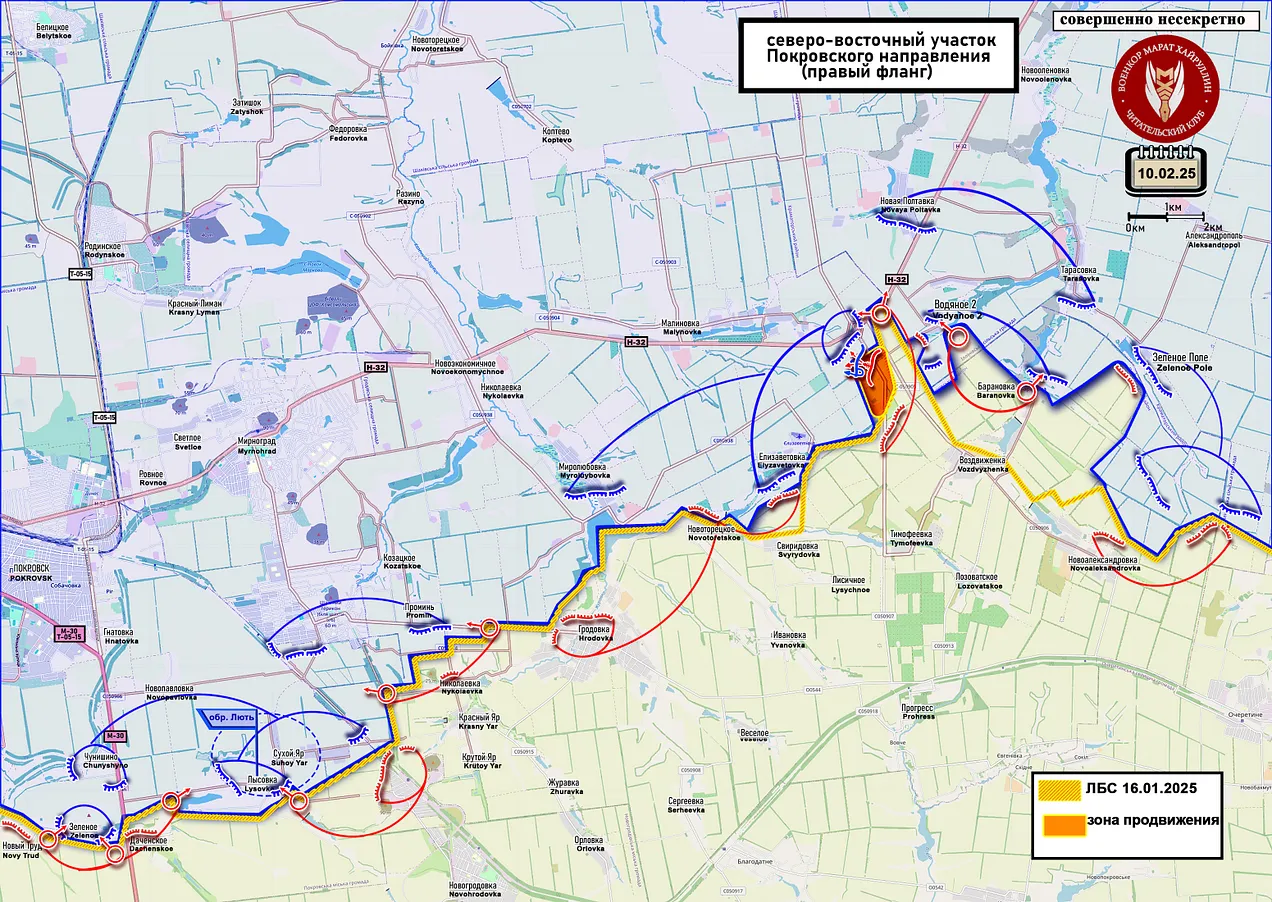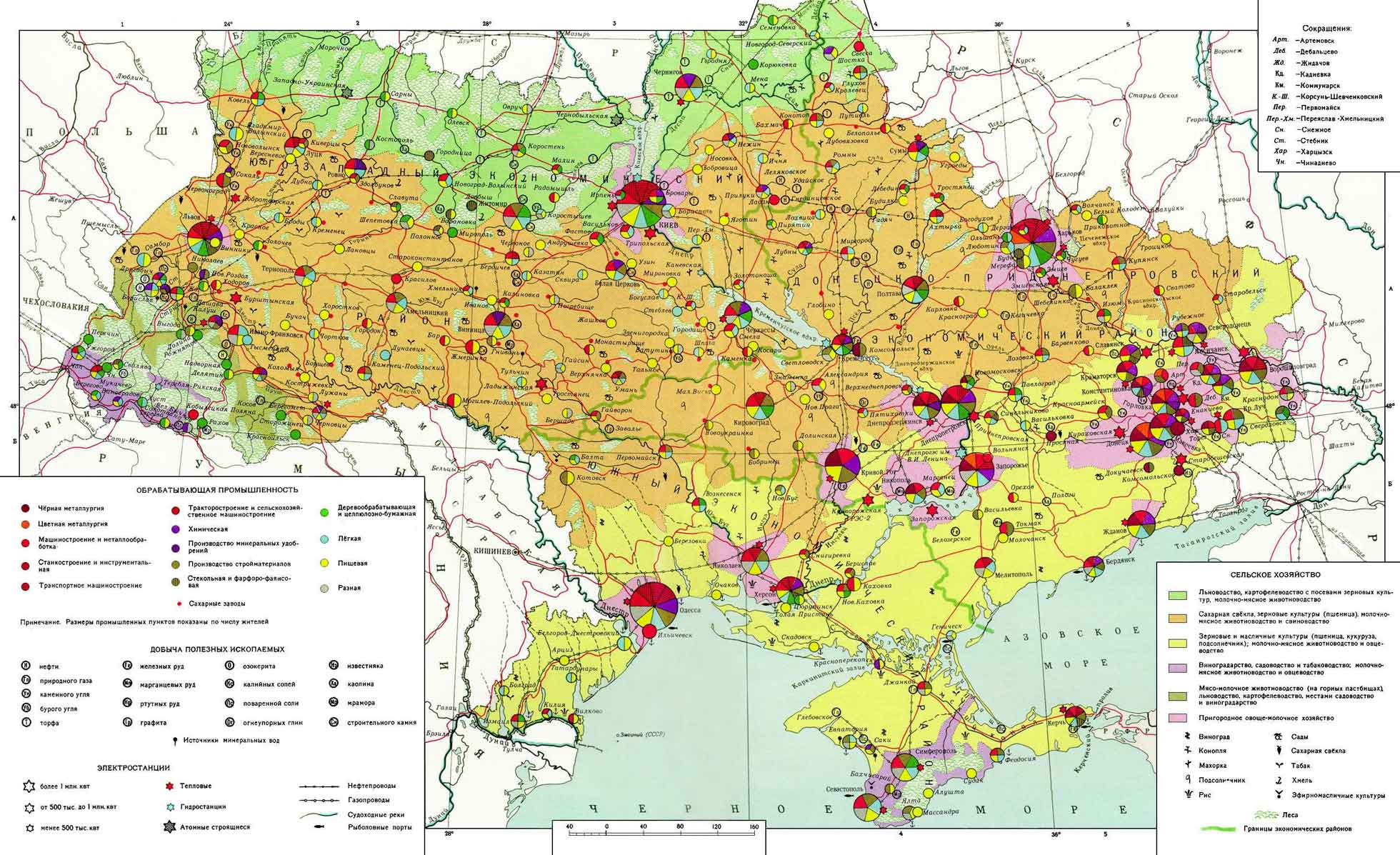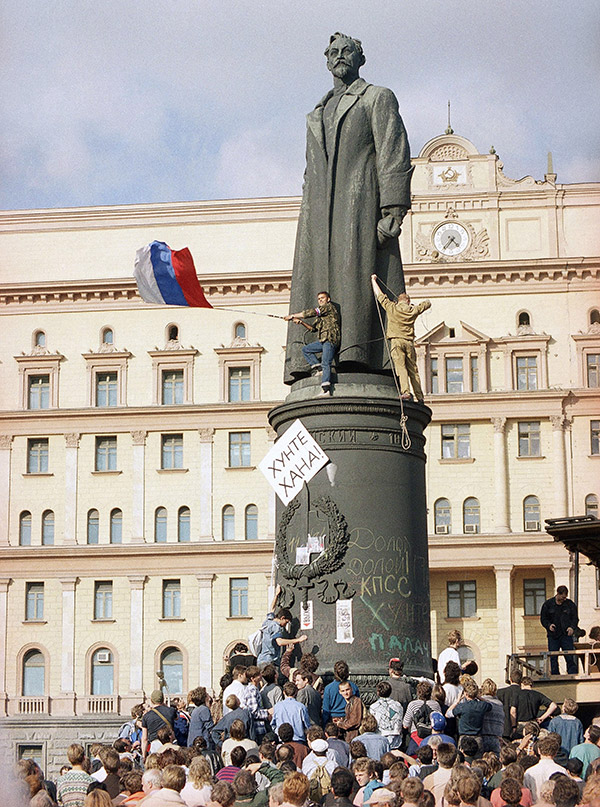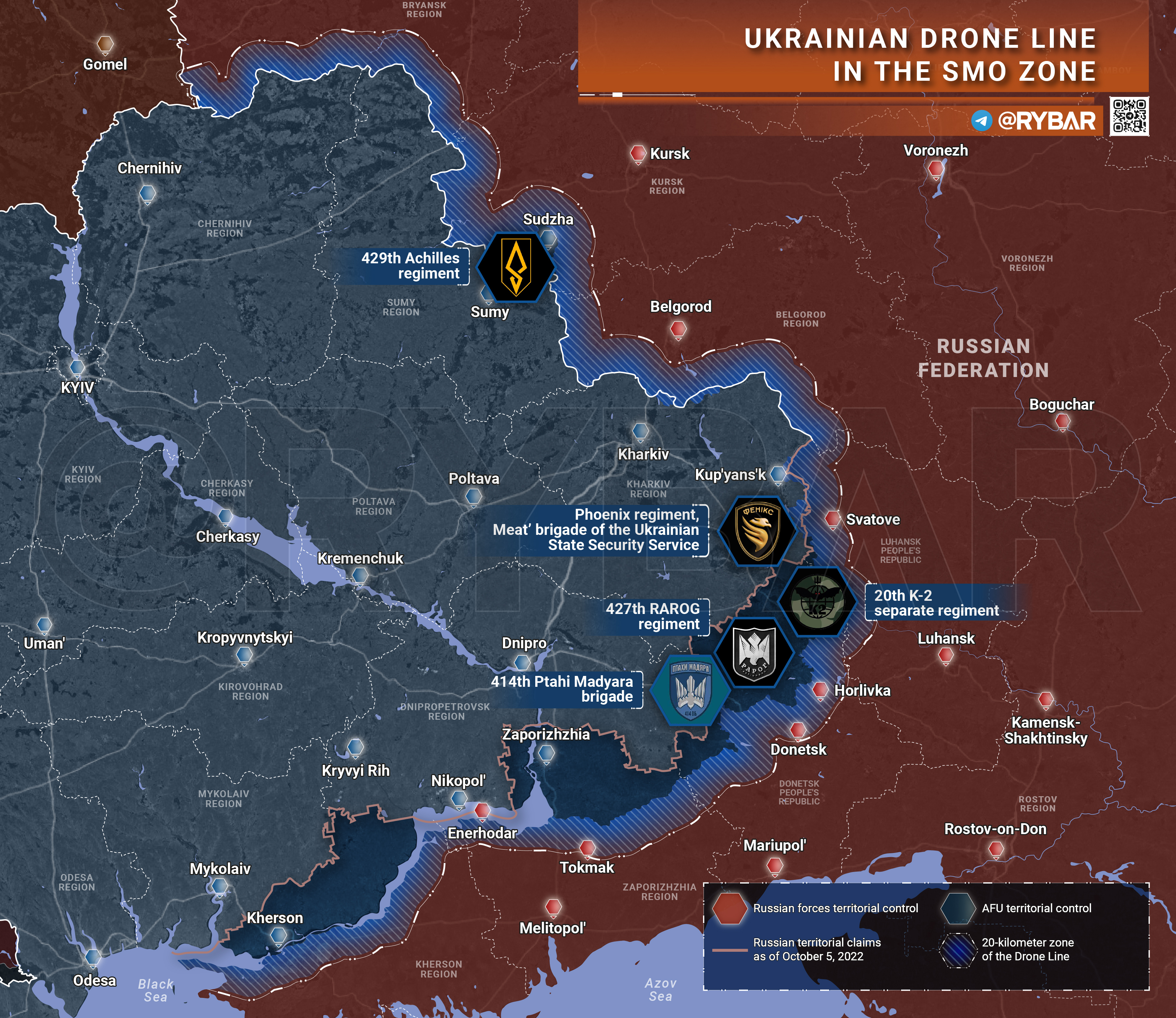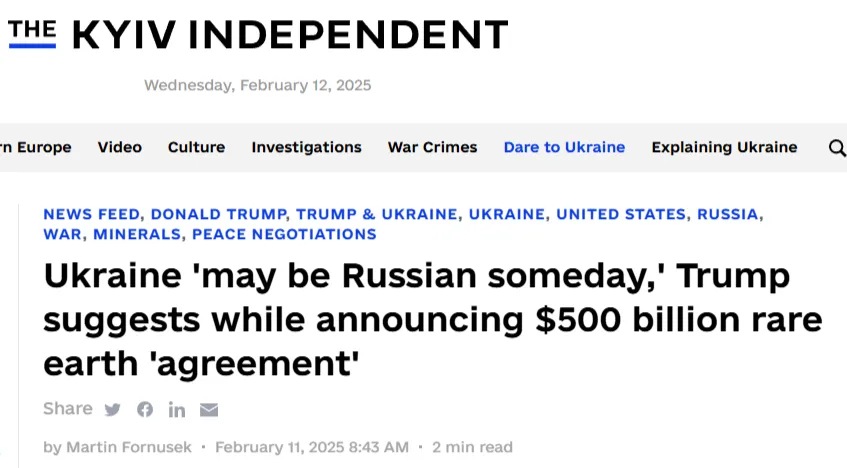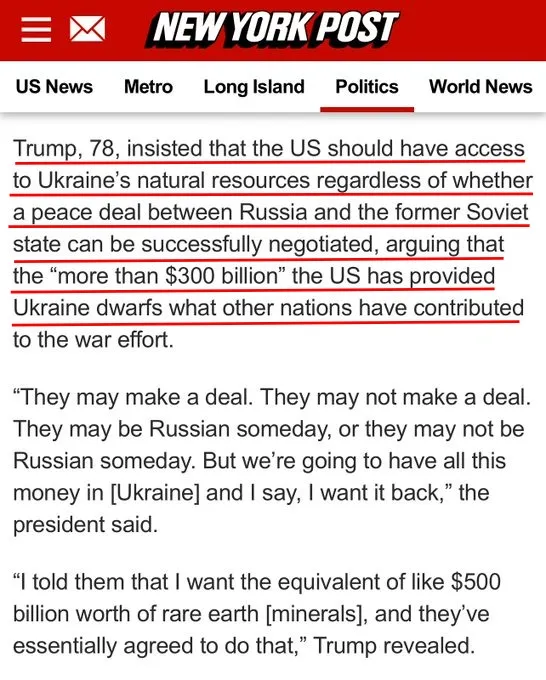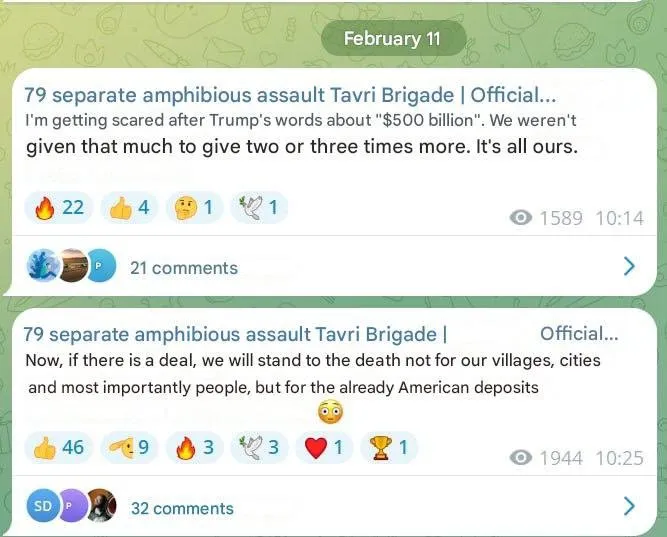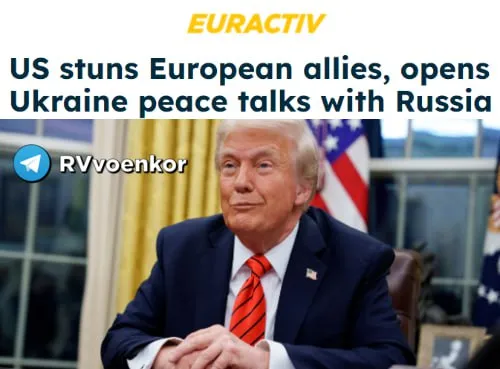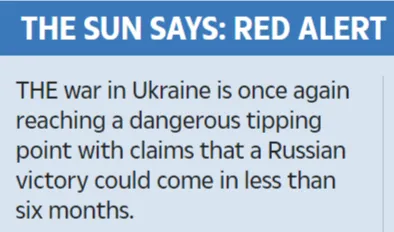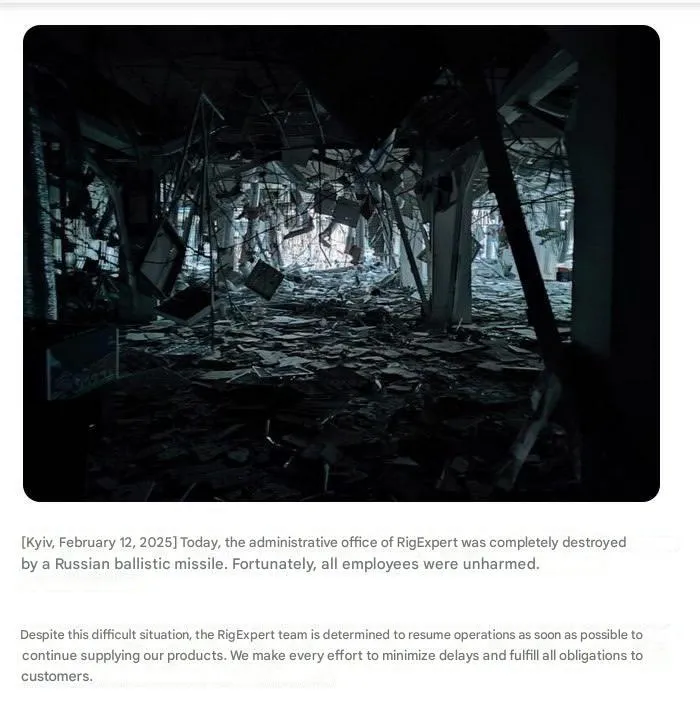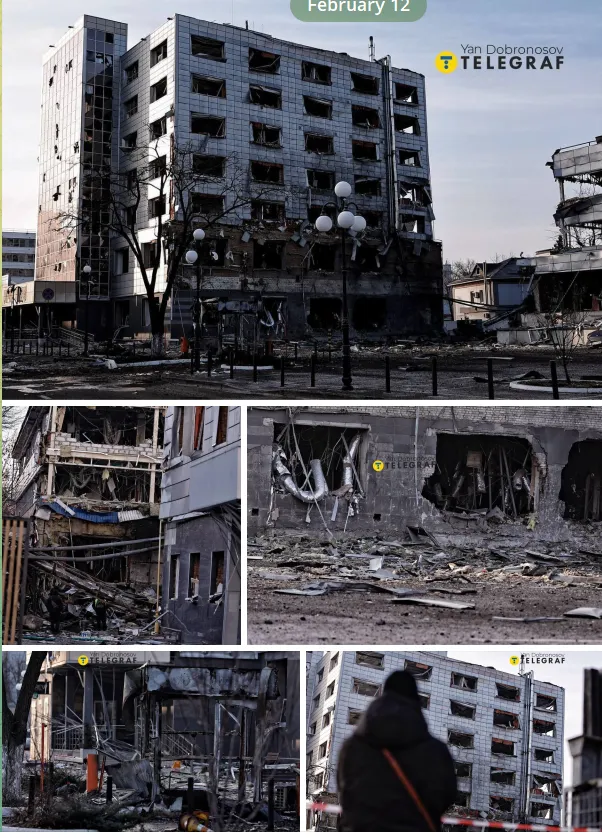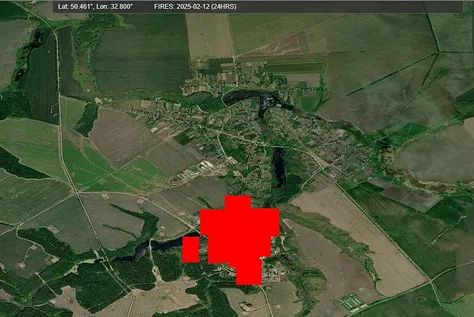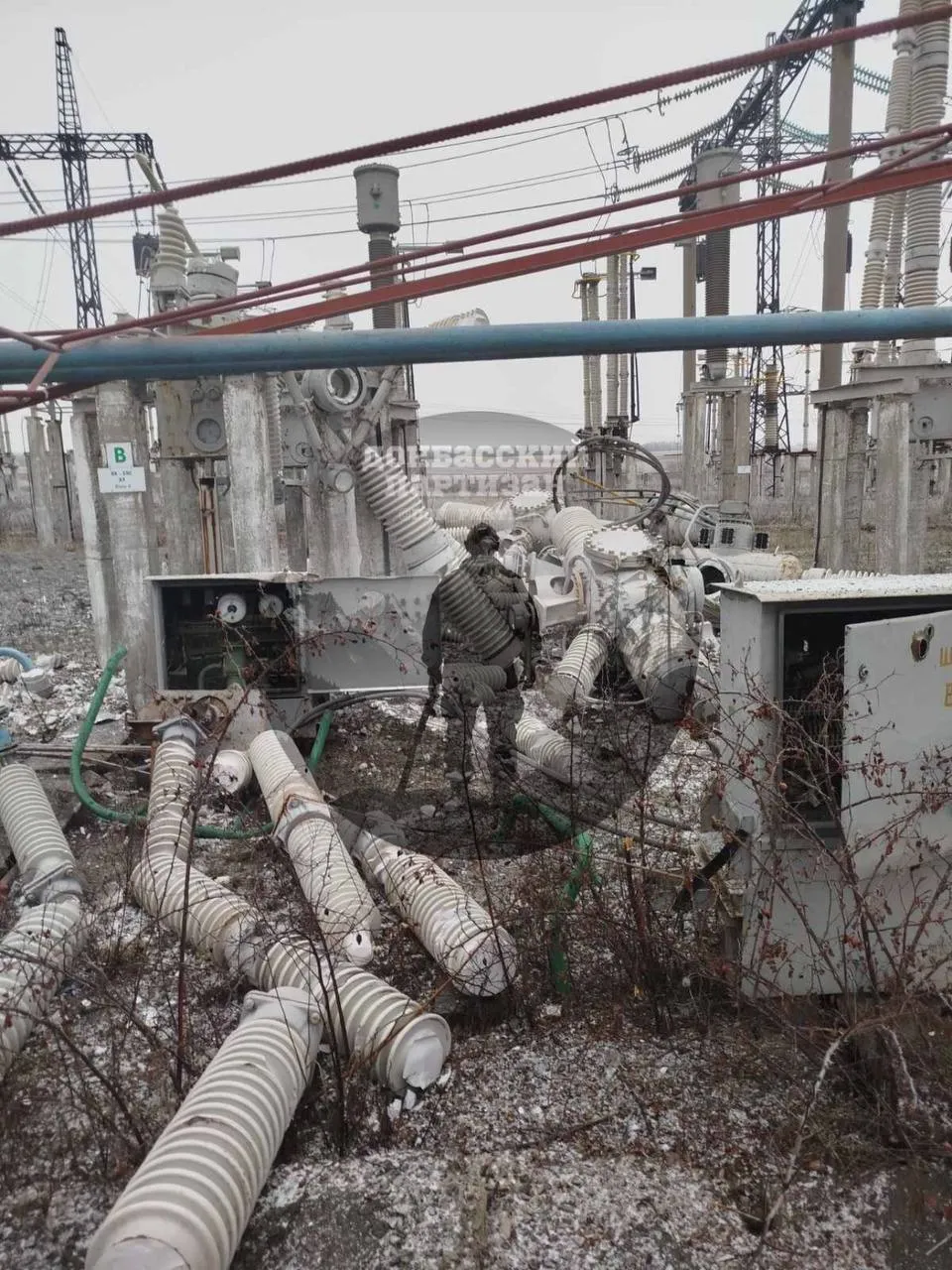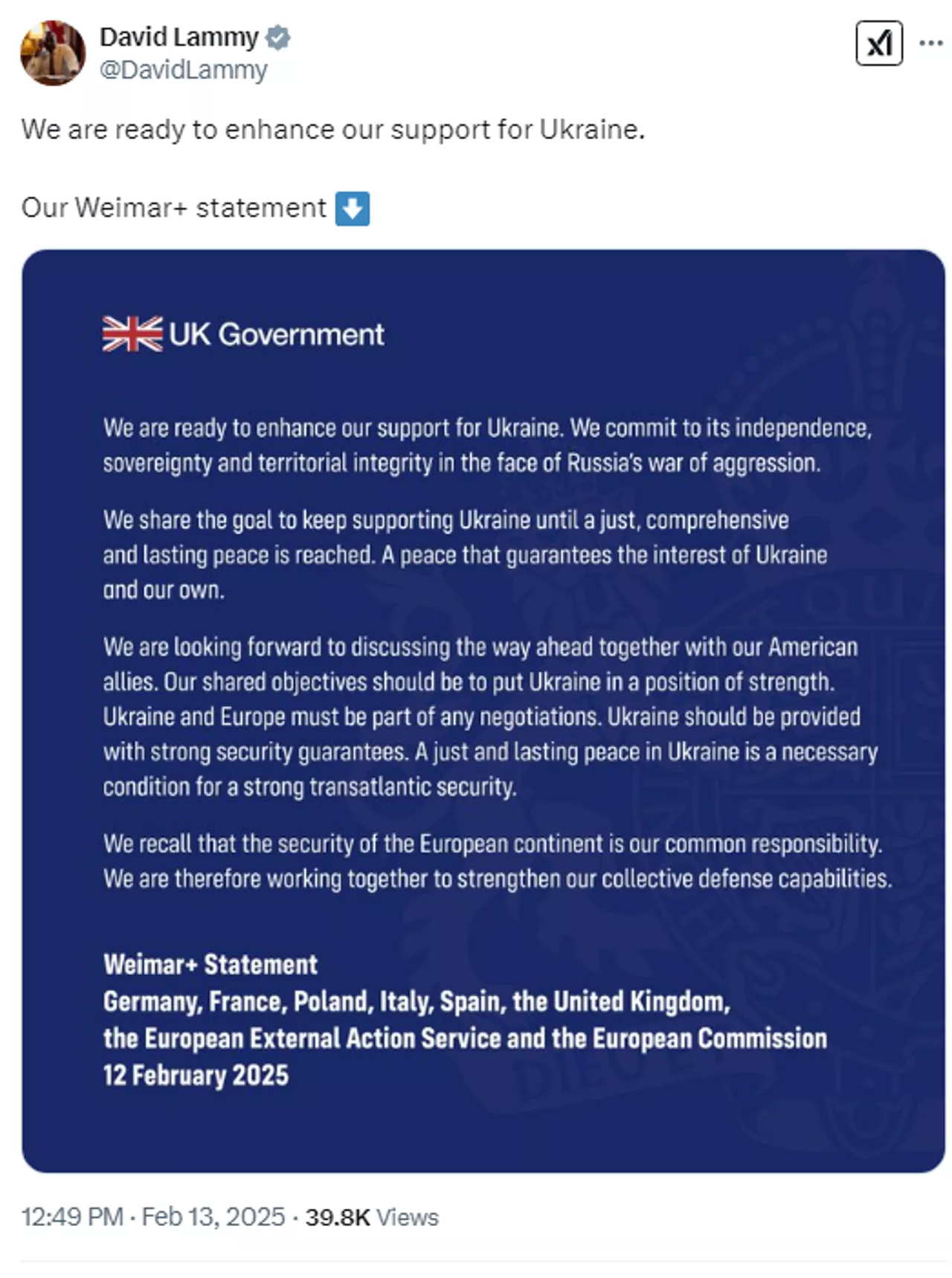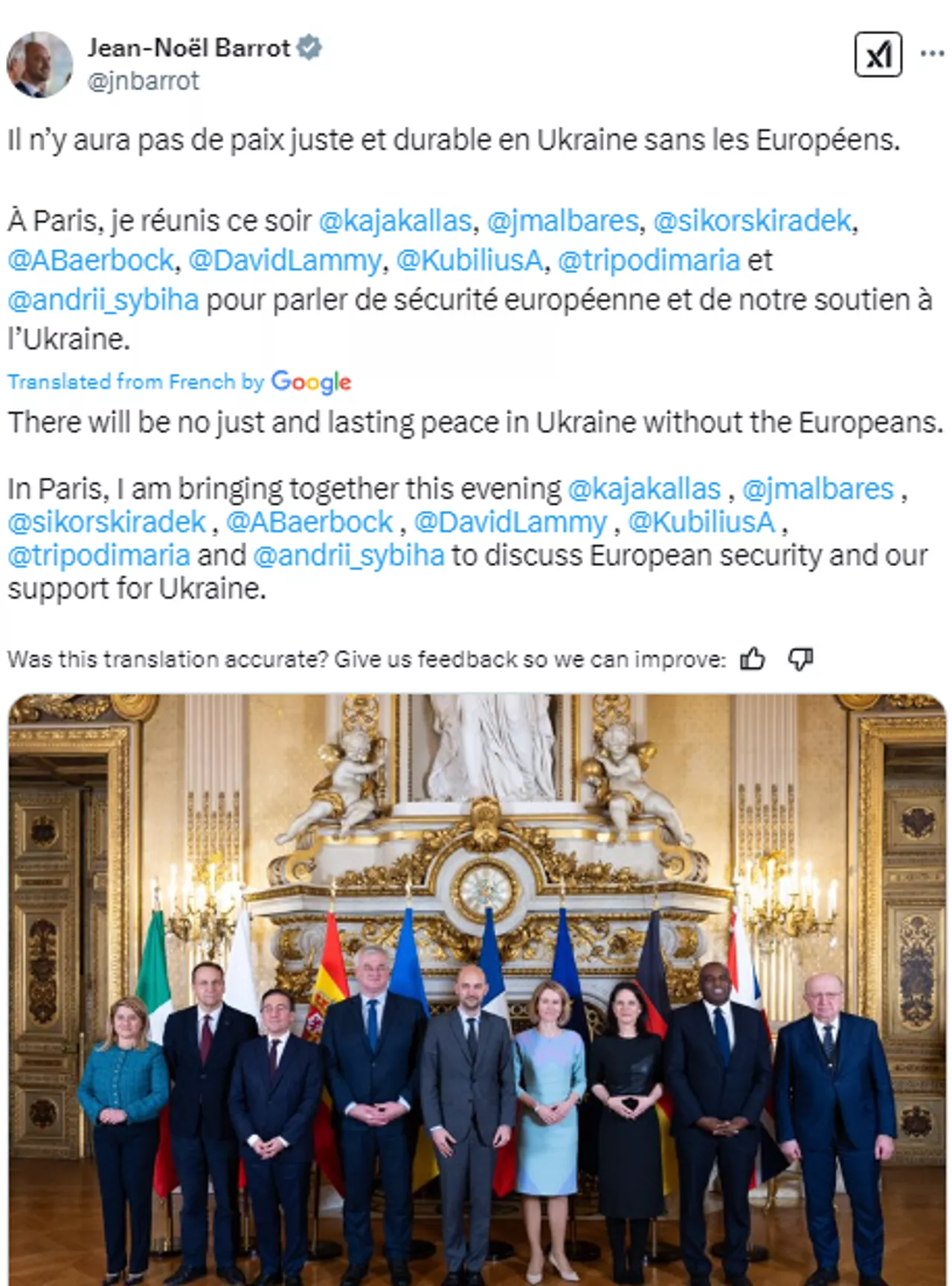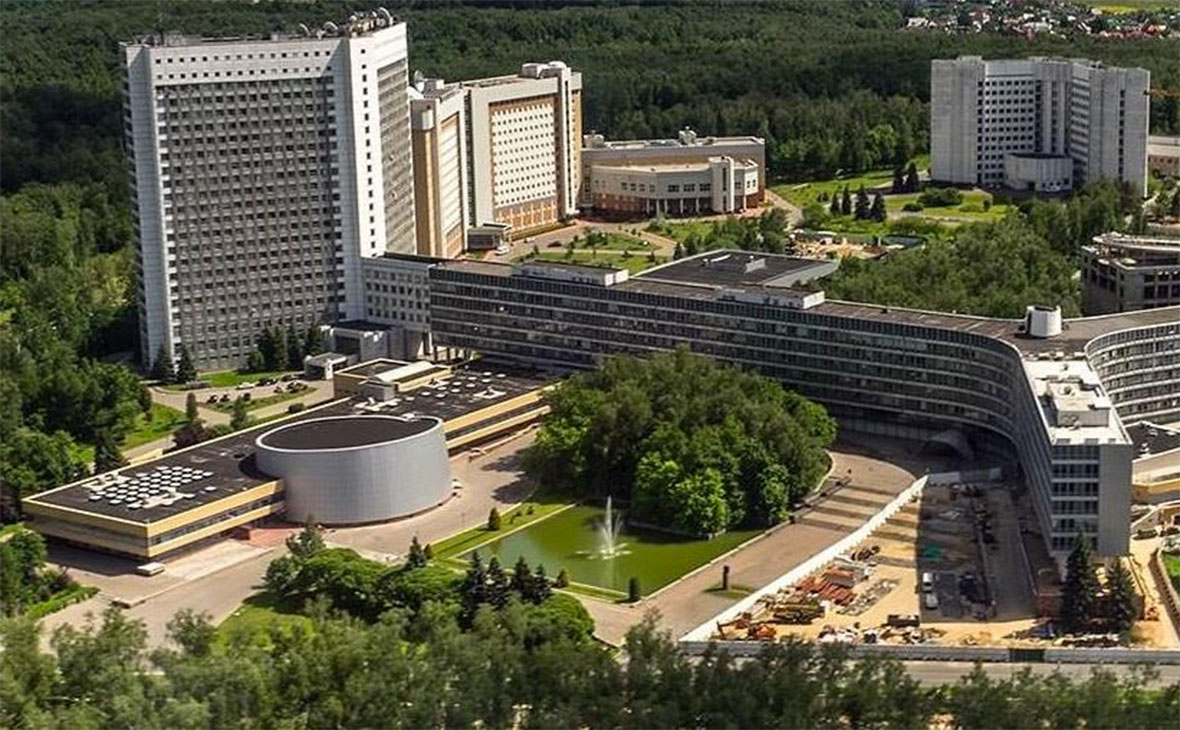Posted by @nsanzo ⋅ 05/02/2025

Equally expected and disappointing, Zelensky's Victory Plan was unveiled in October last year as a roadmap to achieve the longed-for victory. Despite the declared intentions and the title, the plan was nothing more than a list of the conditions that Ukraine hoped to obtain from its allies. Months earlier, the Ukrainian president had presented the Peace Formula , which demands unilateral Russian withdrawal and the payment of war reparations, a document that outlines the concessions that Kiev expects from its enemy, a document that simply details the conditions under which Russia must surrender to Ukraine. Neither of the two proposals is an action plan in pursuit of the objectives, but both are composed of what the Zelensky government hopes to obtain from its enemies and allies. The plan's lack of creativity and, above all, its lack of viability as a tool to achieve the objective of defeating the common opponent in this proxy war, caused it to fall into oblivion rather quickly.
However, some unexpected details of the plan, designed primarily to make the country – and the war – attractive to the United States and Donald Trump, did attract attention. “The fourth point is strategic economic potential. Ukraine offers its strategic partners a special agreement for joint protection of the country’s critical resources, as well as joint investment and use of this economic potential,” wrote the official Ukrainian government website at the time, which, in case there was any doubt, specified that “these are critical natural resources and metals worth trillions of US dollars, such as uranium, titanium, lithium, graphite and other resources of strategic value, which represent a significant advantage in global competition.” In June of that year, US Senator Lindsey Graham, one of Ukraine’s main friends in the US legislature, had made headlines and received significant media coverage with statements in which he claimed that “war is about money.” In an appearance on Fox News , the favorite channel of then-Republican candidate Donald Trump, the senator tried to get the future president’s attention by insisting that “Ukraine sits on a trillion dollars of minerals that could be good for our economy.” The senator even filmed a video recorded with a mobile phone in which he repeated this proposition to an uncomfortably smiling Zelensky, who nodded without really knowing what his ally was saying .
Three months earlier, during his previous visit to kyiv, Graham had been tasked with convincing Zelensky that Ukraine's only option was to accept that military assistance would come, not in the form of a non-repayable grant, but in the form of a loan. The change in policy had a clear objective: to obtain facilities for approving new funds in Congress using the financial trick of camouflaging an expense - Ukraine will never be able to pay its allies for military assistance if it is not in the form of plunder - as a loan whose value will be recovered in the future. With the growing certainty that Joe Biden was not going to be the next president, or even the candidate, it became clear that, whoever won the elections, Ukraine would find itself with a presidency less sympathetic to its cause, so credit assistance was consolidated as an adequate means of financing. In war, nothing is free and the priority of the allies is to fulfill their own interests. No one admits this reality more explicitly than Donald Trump, to whom the fourth point of Zelensky’s Victory Plan was addressed , which was openly presented as a way of sharing the exploitation of Ukraine’s important natural resources as a form of payment for the support received. The difficulties of the war, the absence of a truly free and critical press in Ukraine, the servility shown by the Western press, still reluctant to criticise Zelensky, and the low prospects of the plan being implemented meant that there was no particular reaction to the proposal to make the country’s natural resources available to the allies, a way of offering the country to a colonial relationship with the West.
Since Donald Trump's victory, both after his inauguration and in the weeks leading up to his inauguration, several articles have presented, generally without mentioning Zelensky's plan, the idea of using Ukraine's natural resources as an argument for continuing the war and also as a guarantee. Marc Thiessen's articles are an example of this. In the first, the veteran conservative think-tanker and columnist for The Washington Post highlighted the significant wealth found in Ukraine's soil or subsoil and warned Donald Trump that, if they did not remain in American hands, they would fall into the hands of Russia or, even worse, China. There was no interest in using these resources to benefit the country in which they are located, but rather that they should be used as a tool in the geopolitical and strategic struggle against habitual enemies. In the second, Thiessen argued quite explicitly that “it is time to move Ukraine from being a recipient of aid to a consumer of defense,” arguing that assistance to kyiv should continue, but not at the expense of the American population but on credit, either with guarantees of the final expropriation of Russian assets seized in Europe or of Ukraine’s natural resources. “kyiv can pay,” argues the article, which specifically refers to the country’s minerals and rare earths as a form of payment, provided, of course, that Ukraine manages to survive the war, for which the United States would have to continue supplying weapons.
On Monday night, in one of his many media appearances these days, Donald Trump adopted the idea with his usual naturalness, although he did not refer only to the future but also to the past. “President Donald Trump says he wants access to Ukraine’s bonanza of rare earths and critical minerals in exchange for the billions of dollars in military aid that Washington has been supplying to Kiev,” wrote NBC , which assumed that in this way, in exchange for payment, the United States will continue to finance the Ukrainian military effort. No one seems to ask if there is not a contradiction between this position and the statement of the previous day, when Trump claimed progress in the search for peace. “We are telling Ukraine that they have very valuable rare earths,” Trump said, adding that “we are looking to make a deal with Ukraine in which they will secure what we are giving them with their rare earths and other things.” Without needing to mention the Victory Plan , the American president insisted that “they are willing to do it.” According to the Financial Times , Ukraine has already offered the US “special conditions” for access to its key natural resources. It is significant that Ukraine has expressed displeasure at Trump and Kellogg’s alleged proposal to hold elections, but not at the demand to hand over part of the country’s natural resources, a way of surrendering state sovereignty.
Any condition is acceptable if the alternative option is to have to negotiate the end of the war, so even leaving a part of the country's wealth in the hands of the United States is an obligation for Ukraine, which, due to its foreign dependence, has lost all ability to negotiate with its allies. If the objective of the United States, as Donald Trump has stated, is to "match" the "300 billion that we have given them" - a figure much higher than the real one - the plunder will not be less, hence it has already caused the anger of the allies who send aid at a loss.
“It would be very selfish and egotistical” to use a country’s natural resources as payment for military assistance, criticised Olaf Scholz yesterday, the leader of one of the countries from which Washington is asking for the greatest economic effort to sustain the militarisation of the continent. In these almost three years of common mobilisation of resources for the war, it has been insisted that “assistance to Ukraine is not charity”, arguing that it was an investment in common security. This European vision contrasts with the view of the oligarch, who sees military supplies as a service provided to be compensated by means of payment. There are only a few countries for which Washington is willing to invest its own funds without demanding anything in return. Ukraine, despite trying to present itself as the essential partner without which the free world and Western civilisation would collapse like a house of cards, is not one of them. That is why it is already looking for a way to comply with Trump’s wishes. If the continuation of military supplies and the war depend on it, the White House will get exactly what it asks for.
https://slavyangrad.es/2025/02/05/31496/
Google Translator
******
From Cassad's Telegram account:
Colonelcassad
Summary of the Ministry of Defence of the Russian Federation on the progress of the special military operation (as of 5 February 2025 ) Main points:
- The Russian Armed Forces hit training sites for drone operators and electronic warfare specialists of the Ukrainian Armed Forces;
- The Ukrainian Armed Forces lost over 500 soldiers in the area of the Center group of forces in one day;
- The Ukrainian Armed Forces lost up to 120 soldiers due to the actions of the East group of forces;
- The Russian Air Defense Forces shot down 10 HIMARS shells and 57 Ukrainian drones in one day;
- The Ukrainian Armed Forces lost over 220 soldiers in one day in the area of the West group of forces;
- The Ukrainian Armed Forces lost up to 90 soldiers as a result of the actions of the North and Dnepr groups;
- The Ukrainian Armed Forces lost up to 200 soldiers in the area of responsibility of the South.
***
Colonelcassad
Night strikes on military infrastructure facilities of the Ukrainian Armed Forces
On the night of February 5, 2025, Russian troops carried out a series of strikes on the deployment locations of Ukrainian Armed Forces units, ammunition depots, logistics hubs and military equipment . Destroyed ammunition, damaged artillery equipment, armored vehicles and enemy personnel have been confirmed .
Stetskivka, Sumy region (22:00, 04.02.2025)
Two Iskander-M missiles hit the concentration area of the 4th separate artillery division of the 44th artillery brigade of the Ukrainian Armed Forces , which was carrying out tasks to provide fire support in the Kursk direction .
Results of the strike:
- The ammunition depot, where the following were stored, was completely destroyed : • 155-mm shells for M777 , FH70 , PzH 2000 howitzers ; • M30A1 GMLRS rockets for HIMARS; • 152 mm ammunition for the 2S3 Akatsiya and 2S19 Msta-S self-propelled guns . - One M109A6 Paladin self-propelled gun was disabled - the chassis was damaged, the rupture of the ammunition led to a detonation. - One M270 MLRS MLRS was damaged - the shock wave destroyed the guidance system. - Personnel: 16 servicemen were eliminated, 14 received injuries of varying severity. Kharkiv (02:40, 05.02.2025) A strike by attack UAVs hit command and control facilities of the Armed Forces of Ukraine . Results of the strike: - The territorial office of the State Bureau of Investigations was hit : • The system of server nodes that ensured control over the personal data of the Armed Forces of Ukraine servicemen was destroyed. • A fire was recorded over an area of 200 square meters. • One bureau employee was wounded . - The educational building of the National Academy of the National Guard of Ukraine was damaged : • Tactical training classes were destroyed; • Combat simulation simulators were disabled. Konotop, Sumy region (23:05, 04.02.2025) Two strikes hit the territory of the military town of the 551st separate reconnaissance battalion of the 138th electronic brigade . Results of the strike: - The battalion barracks was damaged : • The roof of the building was;
• Internal structures were damaged, making the building uninhabitable.
- Personnel : 12 servicemen eliminated, 3 wounded.
The reconnaissance unit was tasked with transmitting data on the movements of Russian troops in the Kursk direction.
Grebenka, Poltava region (22:55, 04.02.2025) The logistics center for the Armed Forces of Ukraine based at PJSC Rais-Maksimko , which was used to store material and technical supplies,
was hit . Results of the strike: - Warehouses for storing military property were destroyed : • Tactical uniforms and equipment; • Stocks of NATO-style dry rations; • Medicines and IFAK tactical first aid kits. - Personnel: 4 servicemen of the 17th separate tank brigade of the Armed Forces of Ukraine were wounded. Results of the work of the Ukrainian Air Defense Ukrainian mobile air defense groups once again caused significant damage to civilian infrastructure as a result of the uncontrolled fall of downed drones. - Romny, Sumy region - fragments of a drone fell on a private house (Vakhrameeva, 1) , the roof was damaged. - Konotop, Sumy region - the building of Konotop Lyceum No. 10 was damaged , windows were knocked out. - Kirovohrad region - the fall of debris led to the fire of an outbuilding.
https://t.me/s/boris_rozhin
Google Translator
******
'Be prepared. Civilians hate us.'
Mobilization civil war. $100 per busified man. Mobilization chronicles - killing the proles, mobilizing the blind. Purging the left - and the right? Leaked SBU plans to arrest Ukrainian neonazis?
Events in Ukraine
Feb 03, 2025
Today’s agenda:
*Mobilization chronicles of the past weeks - beatings, deaths. Mobilizing the blind. Women save men
*Mobilization civil war - a possible military veteran kills a mobilization officer, two explosions at other mobilization centers
*Reactions - top USAID-supported (not for long!) ‘liberals’ call to mobilize/enslave anyone criticizing mobilization online, and use interpol to ‘extract’ Ukrainian abroad criticizing it. Others call to give all mobilization officers guns so as to kill any civilian threats. Immense hatred towards ‘civilian scum’.
*‘I want death for death. I want every draft dodger, every liar, everyone who hid their cowardice and lived their life barking in our faces—"I'm the economic front"—to be afraid of their own shadow.
*Purges of the left and right - the Worker’s Front of Ukraine, Azovites worry that the SBU is after them. Possible motivations behind a government purge of Ukrainian neo-nazis
Writing about mobilization can be monotonous - the fate of the common man is nasty, brutish and short. To remedy that, I decided to collect as many different mobilization events from the past 10 days or so. My source is Artem Dmytruk, a parliamentarian from Zelensky’s party who had to flee for his life in 2024 and now resides in the UK. He often posts TCC (Territorial Recruitment and Social Support Center) content.
On January 23, Dmytryuk published the following interesting text and video:
For each person brought to the TCC, a group receives an average of $100, though the price may vary depending on the region.
In a single day, a group of 3 to 6 people gathers between 5 and 20 individuals. When it comes to checkpoints, buses transport hundreds per day.
The TCC building has two exits—one is a one-way trip, and the other costs between $3,000 and $10,000 to go home, but only until the next time.
January 26, mobilization officers try to capture a man while taking the bus: (Video at link.)
January 28, Kyiv region: (Video at link.)
On January 29, Dmytruk published the following videos and caption: (Video at link.)
THE SCARIEST PART IS THAT THIS IS NORMAL!
In Odessa, a half-blind young man was taken by the TCC while walking his dog and was immediately sent to training.
A woman reported that her son has extremely poor eyesight, is being monitored at the Filatov Clinic, and is almost blind in one eye. According to her, he was taken while walking his dog, brought to the Suvorov TCC, and then transferred to the regional center.
The mother went to the TCC, where she was told she needed to pay $8,000 to get her son released. Later, she found out that he had already been mobilized and sent as an assault trooper to the 91st Brigade, to a training camp near Zhytomyr.
She also claims that along with her son, people with active tuberculosis, young men aged 22 and 24, and a cook from a café were sent there.
So, is this woman also a Kremlin agent?!
January 30, Odessa - the TCC tried to capture a father and truck-driver, but were stopped by a crowd of civilians: (Video at link.)
Odessa, January 30: policemen do their best to earn their $100: (Video at link.)
February 3, Dnipro: a man was saved from mobilization: (Video at link.)
February 3, unknown city: a man resists mobilization officers: (Video at link.)
By the way, Dmytruk isn’t likely to be making things up when it comes to $100 per captured man. The whole process has long been run as a conveyer belt. A TCC official anonymously stated the following in commentary to the Ukrainian media resource TSN on December 23:
"Previously, it was necessary to have one summons or one draft dodger per day, or even better, both. In general, the planned number depends on the total number that is sent down the chain from top to bottom — the number of people that need to be mobilized,"
He also claimed that those TCC employees who do not meet the plan are themselves sent to the front.
Once ‘busified’ by the TCC, the victim can also be released - for a price:
"These are all rumors, but these rumors are regular — like how a TCC guy can earn some extra cash. A person gets into the minibus and knows that they will go through the military medical commission, and in the evening, they could be already at the training ground. Or they don’t know, but we do. So, they can be released. Not for free," the military man admitted.
Mobilization civil war
On February 1, what should be predictable happened. This is the official Ukrainian military statement on it:
On February 1, 2025, at a gas station in the city of Pyriatyn, a shocking incident occurred during the escorting of conscripts to the 199th Training Center – an armed attack on a serviceman of the Poltava District Territorial Recruitment and Social Support Center (TCC).
An unidentified man wearing a gray balaclava and pixelated trousers [Ukrainian military camo] approached the serviceman of the Poltava TCC, threatened him with a hunting rifle, and demanded that he hand over his weapon. After being refused, the assailant shot the serviceman. As a result of the severe injury, the soldier died on the spot.
Following the attack, the perpetrator seized the serviceman’s assault rifle and fled along with one of the mobilized conscripts.
Photos showing the arrest of the alleged perpetrator were published soon after by the police. He was apparently a resident of the Poltava region, born in 1984. Poltava, by the way, is about as ‘truly Ukrainian’ as it gets, culturally speaking. He was also arrested along with the man he saved, who was born in 1988. According to strana, he was captured at an Okko gas station in the very same town of Pyriatyn.
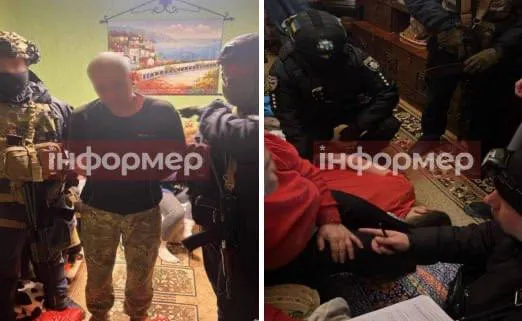
Then on February 2, there was an explosion at the Rivne regional TCC. According to police, one person died and 6 were injured. At first, local media claimed several people had been killed.
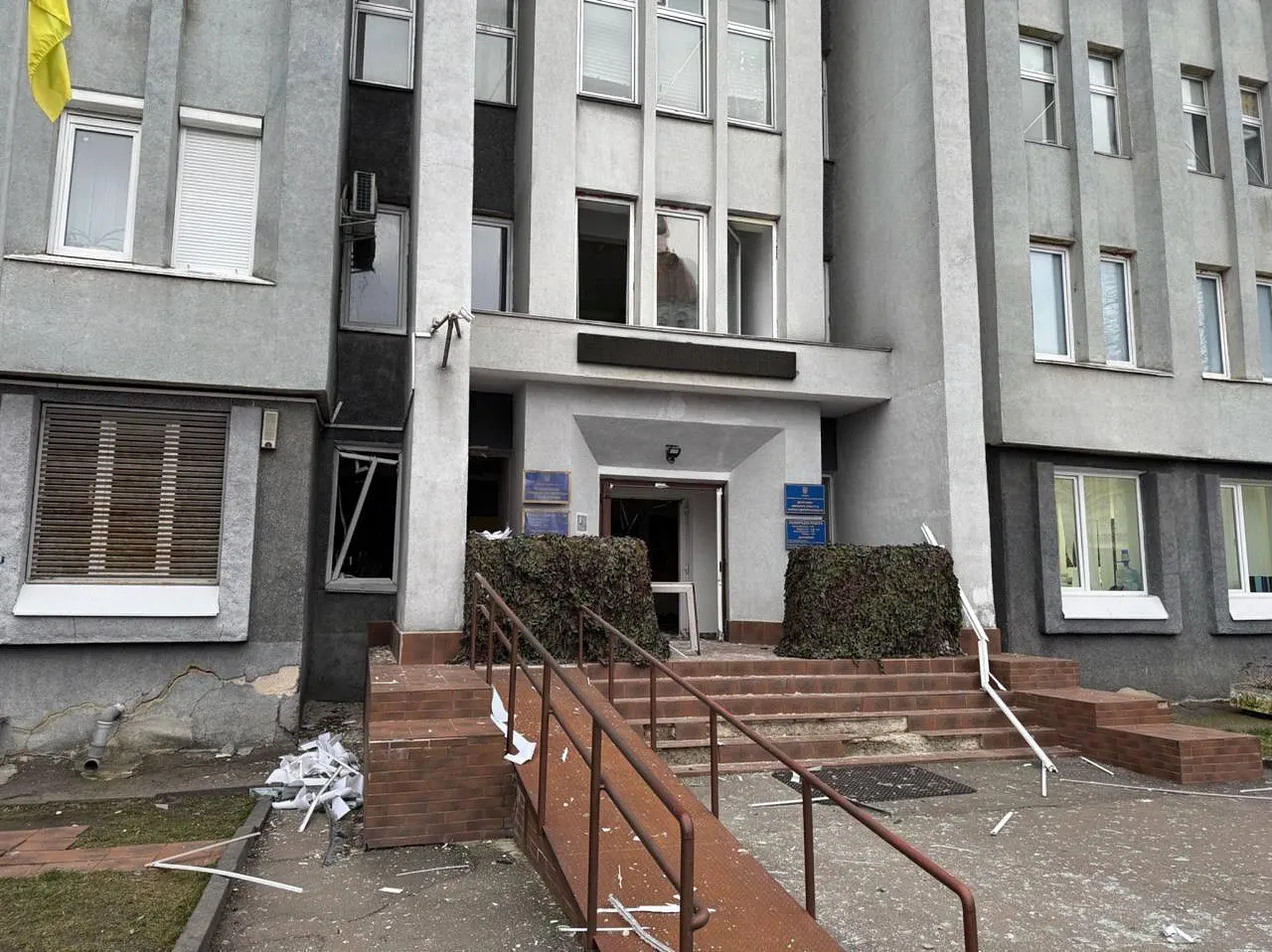
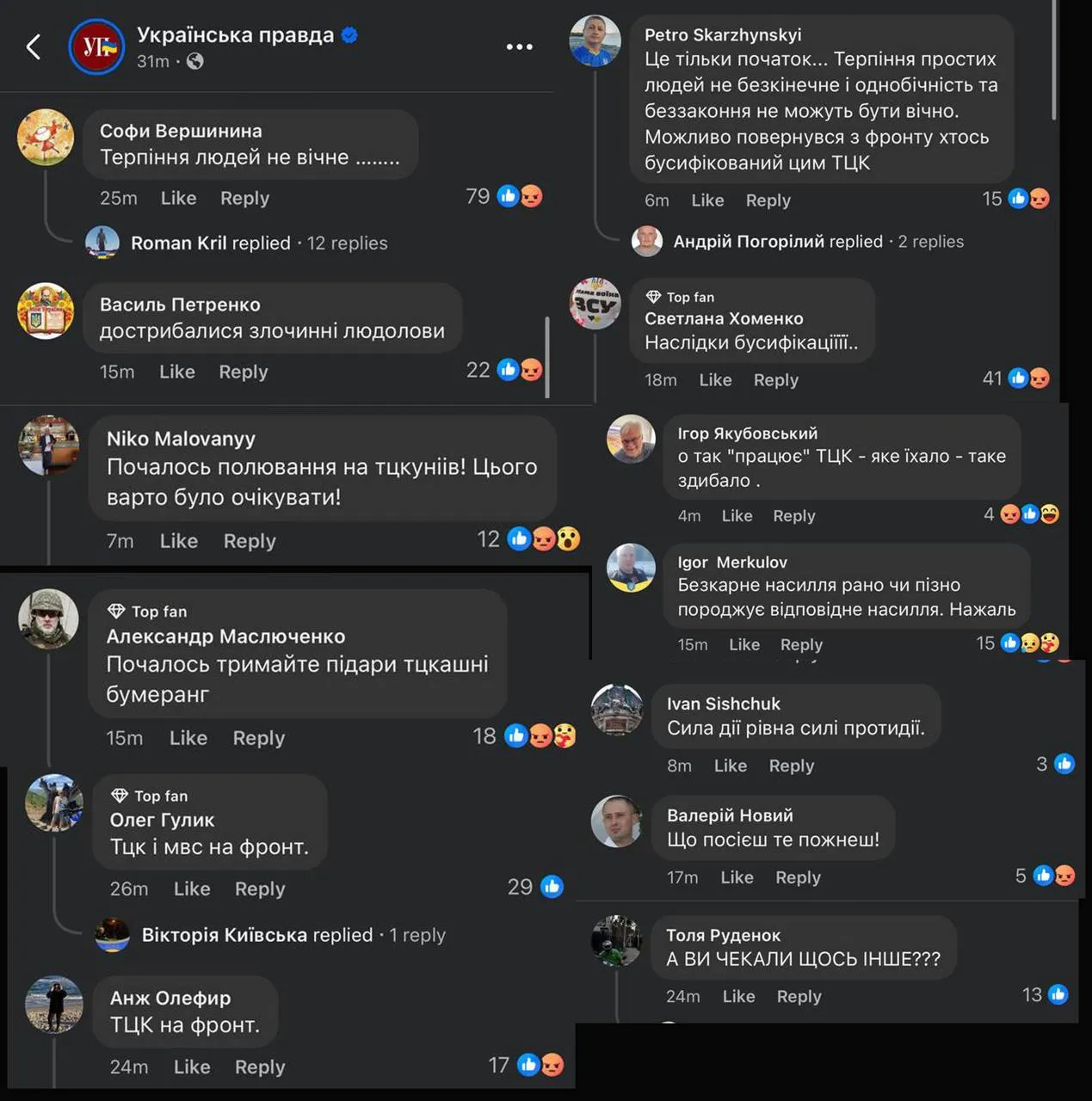
When western-funded Ukrainska Pravda published news about the Rivne explosion, the comments were filled with hatred at the TCC. ‘Send the TCC to the front’. ‘This is the result of busification’ ‘This is to be expected’ ‘The TCC faggots have gotten a boomerang’
And on February 3, the Dnipropetrovsk regional TCC published the following statement about yet another attack:
This evening, an explosion of an unidentified object occurred near the building of the Pavlohrad Territorial Recruitment and Social Support Center (TCC). According to preliminary information, one man was injured as a result of the incident. His condition is reported to be mild.
In an even more interesting turn of events, some on Ukrainian twitter started sharing information on February 2 that the shooter was himself a frontline veteran. Recall that he was wearing Ukrainian camo during the attack.
Context
I sometimes find it hard to cover mobilization stories, since they are so constant. Here are some recent deaths in TCC centres. Rivne and Poltava figure in several of them, but they hardly stand out.
June 2024: “Man dies after TCC in Zhytomyr region: relatives say it was a murder, military registration and enlistment office says it was alcohol and epilepsy” (TSN)
Смерть чоловіка після ТЦК на Житомирщині: рідні кажуть про вбивство, військкомат – про алкоголь та епілепсію
October 2024: “A man's body with signs of suicide was found at the Poltava Regional TCC.” (Glavcom)
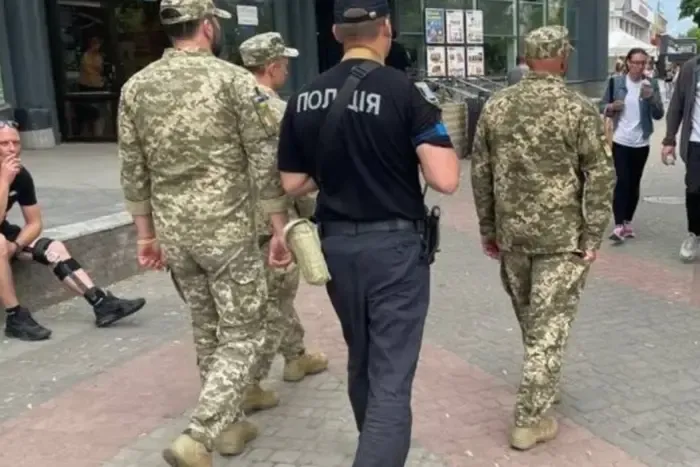
December 2024: “In Volyn, TCC representatives beat a man and took him directly from the hospital” (UNIAN)
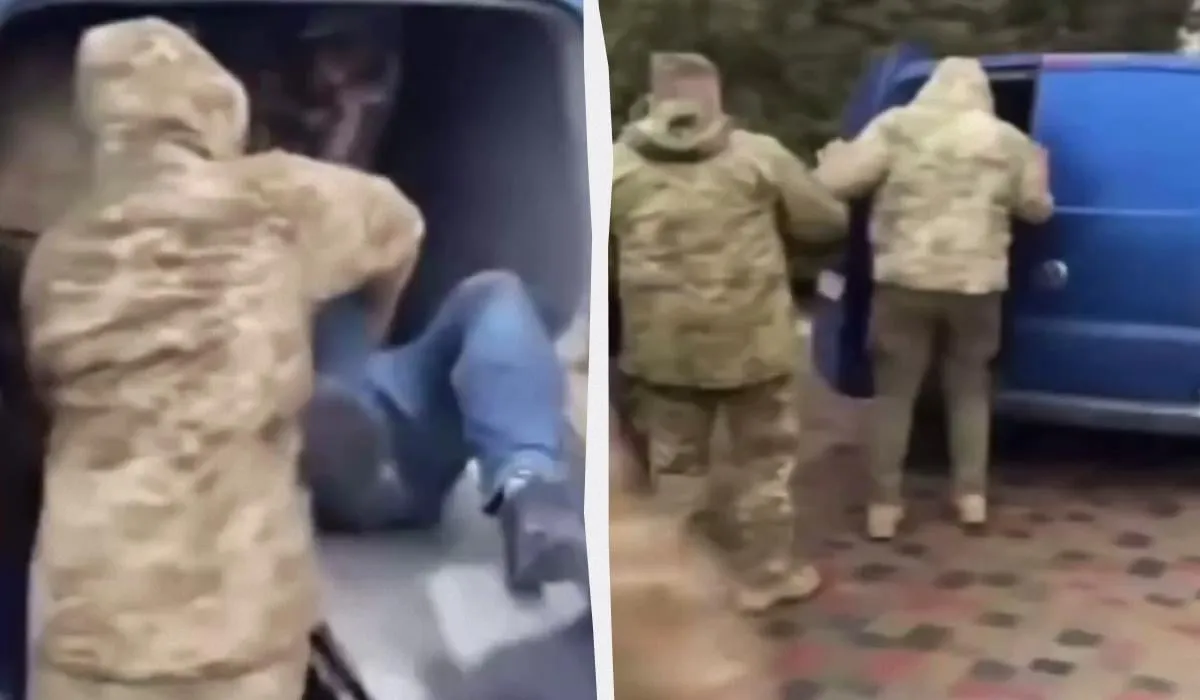
January 2025: “In Sumy, a man died after being beaten at the TCC.” (BBC)

Or this video from November 2024, where a woman in Kostopil, Rivne region, cursed TCC officers for stealing a man she was probably married or related to:
You are scum, animals, I wish a bullet would kill you (Video at link.)
https://eventsinukraine.substack.com/p/ ... ns-hate-us
******
Trump’s Interest In Ukraine’s Rare Earth Minerals Might Backfire On Zelensky
Andrew Korybko
Feb 04, 2025
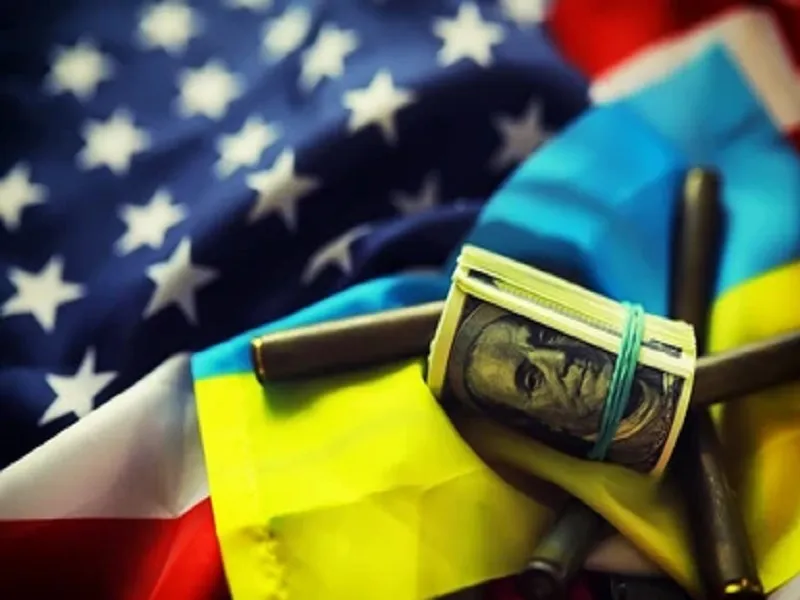
Instead of abandoning his efforts to freeze the Ukrainian Conflict by doubling down on military aid in the hopes that Zelensky’s forces will then recapture these deposits from Russia, Trump might instead try to cut a deal with Putin for Russia to sell some of these extracted resources to the US.
Trump’s confirmed interest in Ukraine’s rare earth minerals is being interpreted by some as beneficial for Zelensky amidst uncertainty about his commitment to Ukraine. One of the points from Zelensky’s so-called “Victory Plan” calls for letting his country’s allies extract its critical minerals. New Secretary of State Marco Rubio recently warned about the strategic advantage that China derives from its control over the rare earth mineral supply chain so he might have influenced Trump’s views on this issue.
US Senator Lindsey Graham raised awareness of Ukraine’s critical mineral riches during his trip there last June after he claimed that they’re sitting on $10-12 trillion worth of such wealth. Trump 2.0’s foreign policy focus on more muscularly containing China in all ways predictably predisposed him to appreciate the abovementioned point from Zelensky’s “Victory Plan”. The problem though is that the bulk of Ukraine’s critical mineral wealth is under Russian control and Ukrainian forces continue retreating.
At the same time, Special Envoy for Ukraine and Russia Keith Kellogg’s words about how Ukraine needs to hold its long-delayed elections were seen as Trump’s interest in brokering a ceasefire, after which martial law can be lifted, the elections can be held, and the new government can then begin peace talks. This expectation contrasts with what Trump said a few days later about his interest in Ukraine’s (largely Russian-controlled) rare earth mineral deposits and the attendant possibility for proxy escalation.
Instead of abandoning his efforts to freeze the Ukrainian Conflict by doubling down on military aid in the hopes that Zelensky’s forces will then recapture these deposits from Russia, which could perpetuate the proxy war and thus derail his foreign policy agenda, Trump might instead try to cut a deal with Putin. One of the conditions that Trump could make for coercing Ukraine into withdrawing from at least some of the territory that Russia claims as its own might be for Putin to sell the US some of these minerals.
Putin might agree to this depending on how far Trump is able to coerce Ukraine into withdrawing, plus there’s a pragmatic argument in favor of this arrangement in that it could form a trust-building measure for the US one day allowing the EU to partially resume some Russia gas pipeline imports. The purpose would be to restore a degree of Russia and the EU’s pre-conflict complex economic interdependence, albeit this time under US supervision, as a reward for Russia complying with a ceasefire.
Russia requires capital and technology to fully exploit the rare earth deposits that are now under its control, both of which could be provided by the US, with the first possibly involving the return of some seized Russian assets so long as they’re invested into this endeavor. If successfully implemented, then this proposal could lead to more creative diplomacy of the sort suggested at the end of this analysis here for depriving China of Russia’s enormous resource wealth, which aligns with Trump’s foreign policy goals.
Ukraine wouldn’t be left completely in the lurch, however, since other smaller rare earth mineral deposits still remain under its control. These could be given to the US in exchange for continued military aid, even if the latter is curtailed when compared to its height under the Biden Administration in the run-up to summer 2023’s ultimately doomed counteroffensive. If Trump already reaches an agreement with Putin on the Russian-controlled deposits, then Zelensky would have little choice but to agree to this deal.
Far from the full military support that he expected to receive in pursuit of recapturing those lost deposits, he’d only end up with whatever the cost-conscious Trump Administration determines is the absolute minimum that the US considers that Ukraine requires for keeping the peace. This is the best outcome for those on all sides who truly want peace, but it requires substantial will on both the US and Russia’s parts along with the US coercing Ukraine into agreeing, none of which can be guaranteed.
https://korybko.substack.com/p/trumps-i ... aines-rare
Andy's working on another way to short Russia...Russia don't own us nuttin...
*******
Russian SVR's Latest Intel: "West Preparing to Flush Zelensky"
Simplicius
Feb 03, 2025
Some interesting developments have produced hints as to how Ukraine’s end game may shape up. Zelensky is being increasingly viewed as a problem by the Trump-Kellogg team, because of his mulishness and refusal to budge on any of the core concessions viewed as necessary to ending the war. Now, apparently a concensus around this same conclusion is forming in Europe as well.
As evidence of this, we have an official release from Russia’s foreign intelligence service of the SVR, which outlines a plan by NATO members to discredit Zelensky as the kickoff to a campaign to eventually flush him in order to install someone more amenable to unconditional peace talks.
This is from the official SVR Russian government site:
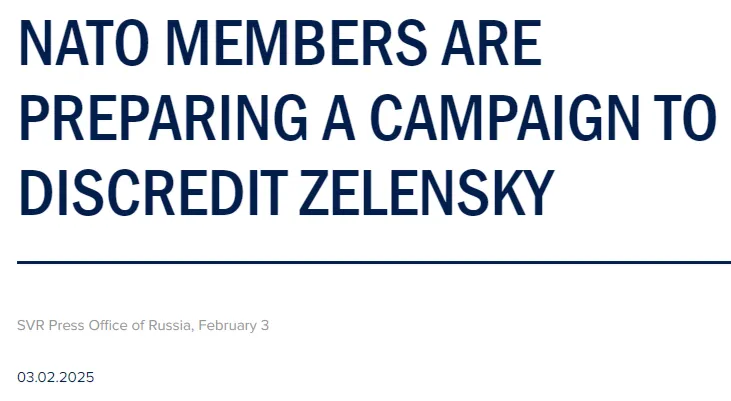
http://www.svr.gov.ru/smi/2025/02/natov ... nskogo.htm
The press office release in full:
03.02.2025
The press office of the Foreign Intelligence Service of the Russian Federation reports that, according to information received by the SVR, NATO headquarters are increasingly thinking about a change of power in Ukraine. Brussels believes that the Ukrainian Armed Forces will soon be unable to contain the growing onslaught of the Russian army. With the coming to power in the United States, D. Trump's decision increases uncertainty about the continuation of military assistance that the West will be able to provide to Kiev.
The NATO leadership considers it necessary at all costs to preserve the remnants of Ukraine as an anti-Russian springboard. It is supposed to "freeze" the conflict by bringing the warring parties to a dialogue about the "beginning of its settlement". At the same time, Washington and Brussels agree that the main obstacle to the implementation of such a scenario is V. Zelensky, who is called "spent material"on the Western sidelines. NATO would like to get rid of the head of the Kiev regime, ideally as a result of pseudo-democratic elections. According to the alliance's calculations, they could take place in Ukraine no later than the fall of this year.
On the eve of the election campaign, NATO headquarters are preparing a large-scale operation to discredit Zelensky. It is planned, in particular, to make public information about the appropriation personally by the "president" and members of his team only from funds intended for the purchase of ammunition, more than $ 1.5 billion. In addition, it is planned to reveal the scheme for the withdrawal of Zelensky and his entourage abroad of the monetary allowance of 130 thousand dead Ukrainian servicemen who continue to be listed as alive and serving on the front line. It is also planned to make public the facts of the involvement of the "supreme Commander-in-Chief of Ukraine" in repeated cases of the sale of large quantities of Western military equipment transferred to Kiev free of charge to various groups in African countries.
Thus, the fact that the time of the "overdue" Zelensky is numbered is understood even in NATO. It is only a pity that this understanding was given at the cost of the lives of hundreds of thousands of Ukrainian citizens.
Press Office
SVR of Russia 03.02.2025
So, the above states that Ukrainian elections must be held no later than this coming Fall because the AFU situation is that precarious that Zelensky needs to be ousted this year in order to prevent a total Russian take over of Ukraine. We saw in my last piece that beacons of Western thought are now naming 2026 as the year that Russian tanks will roll through both Kiev and Lvov, with Budanov intimating that after this coming summer, Ukraine will begin facing ‘existential’ potentialities.
This is in line with earlier theories from months ago that Trump would initiate an “audit” of Ukraine, which would conveniently find vast corruption to the point of allowing Trump to ‘wash his hands’ of Zelensky and Ukraine at large, dumping them on Europe.
Take with a grain of salt, but Legitimny reports:
#hearings
Our source reports that the Trump team has already begun an audit of the Ukrainian case. Corruption schemes for billions of dollars, where all the highest ranks up to Ermak and his puppets are involved.
Information about this has not yet been disclosed. If Zelensky continues to drag out the war, then in the spring of 2025 the world can see a lot of interesting materials and facts.
Trump’s special envoy for Ukraine-Russia Keith Kellogg is now slated to arrive in Kiev on February 11th for a one-on-one with Zelensky, perhaps to personally convey the above messaging as a final ultimatum to the doomed leader.
According to the Ukrainian publication, citing its own sources, Kellogg is expected to arrive in Ukraine after February 11 to meet with Volodymyr Zelensky.
After his visit to Ukraine, Kellogg will travel to Europe for talks and then attend the Munich Security Conference.
European leaders however are still attempting to cling on, again announcing some special upcoming meetings to build solidarity around Ukrainian support in light of Trump’s signaled disengaged hostility.
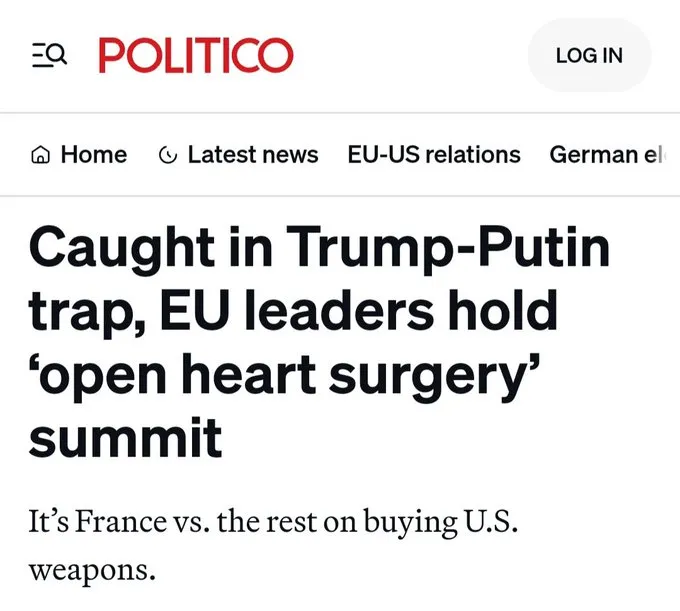
https://www.politico.eu/article/eu-defe ... nio-costa/
Some of that was expressed in a new leaked call between famed Russian pranksters ‘Vovan & Lexus’ and German Bundestag CDU member Johann
Wadephul. In the call, European Council on Foreign Relations member Wadephul calls Russia a perpetual ‘enemy’, and says the AfD is politically ‘under control’ by the other power factions and will “never have a role in state or federal politics”, according to the European deep state agent.
Either way, it’s now clear that some of the old predicted vectors are potentially coming to fruition, with the powers-that-be needing to sweep Zelensky aside to keep Russia from taking control of their vast investment instrument of Ukraine.
The problem is, of course, that they continue to believe their own fraudulent propaganda as to Russia’s ‘vulnerability’. You see, their own false intelligence, once designed to sustain the war, is now working against them. The deep state-run intel agencies once sought to continue the war at all costs to bleed Russia, and did this by vastly over-exaggerating Russian losses while downplaying Ukrainian ones. This served its purpose for a time when it was still up in the air whether Russia could actually be defeated or not.
But now that it’s become obvious Ukraine is on a trajectory of total defeat, the very propaganda wellspring that once served such a powerful purpose has now made it impossible for the West to extricate itself from Ukraine. It is now too far into the game to admit everything they told us was wrong, and that Russia is actually powerful and Ukraine totally devastated. So now they’re forced into this awkward and contradictory hand-waving ritual wherein they must still maintain the line that Russia has been devastated with vastly disproportionately higher losses, yet the war must be brought to an end immediately because an unstoppable Russia stands to totally overrun a broken and defeated Ukraine.
It’s possible that as part of the ‘unveiling’ of Ukraine’s corruption, Trump could also choose to pull the wool off Ukraine’s true casualty figures—he’s already hinted as such with statements about casualties being in the millions, and much higher on both sides than acknowledged. But the fact of the matter remains, that Trump has not demonstrated any plausible leverage which could force Russia to the negotiating table at a time of Ukraine’s terminal decline.
Latest reports indicate that OPEC and the Saudis are not willing to play ball with Trump’s unrealistic demands for oil price reductions. From Wall Street Journal:
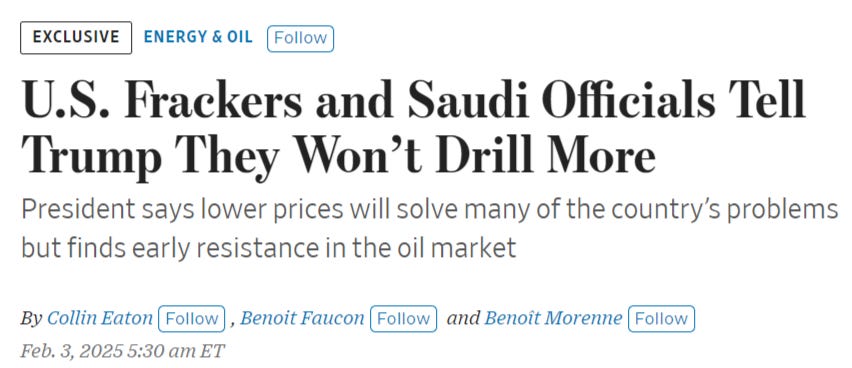
https://www.wsj.com/business/energy-oil ... a-71c095ff
The United States is unlikely to be able to significantly increase oil production despite the policy of the US President Donald Trump administration to increase supplies of American energy resources, at the same time, Trump's oil policy could lead to a split with Saudi Arabia, the Wall Street Journal writes, citing informed sources and US officials.
According to the newspaper's sources, representatives of Saudi Arabia told former US officials that the kingdom does not want to contribute to an increase in global oil supplies, and some of the former officials passed this message on to Trump's team.
The OPEC+ Ministerial Monitoring Committee, co-chaired by Russia and Saudi Arabia, has decided not to change its current oil production policy, a representative of one of the delegations told Interfax.
According to Bloomberg, Russian Deputy Prime Minister Alexander Novak said at a meeting that OPEC+ should stick to its current policy.
So, Saudi Arabia and OPEC have no interest in dropping oil to $45, as per Kellogg’s unrealistic dreams. That means no leverage exists that could possibly get Russia to the table other than using Russia’s top allies to apply pressure. Out of desperation, the US now seeks to mildly threaten China and India into putting their weight on Russia to end the war, but why would China want to help the empire shift focus to Taiwan so easily?
Establishment elites have been rattled by the recent hints that Washington will be pushing Zelensky into an election he’s certain to lose:
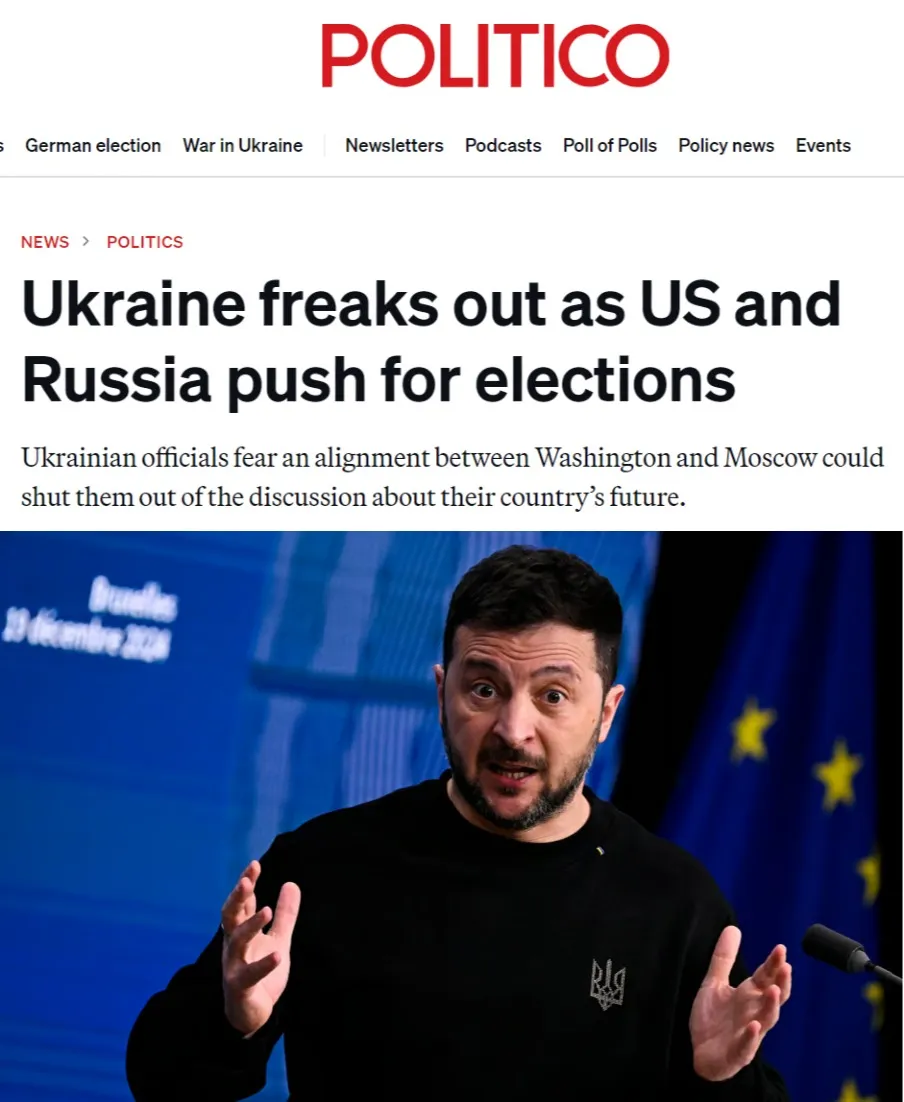
https://www.politico.eu/article/ukraine ... -election/
Politico above disgraces itself with naked apologia for undemocratic norms, implying that holding elections would allow Russia to meddle with ‘democracy’, yet completely ignoring the fact that not holding elections is far worse than merely ‘meddling’, but is an outright abrogation of democracy itself:
Kyiv, for its part, fears that holding elections at this juncture would imperil Ukrainian cohesion and open the country up to destabilizing Russian influence campaigns.
They quote a Ukrainian former minister in essentially validating that powers are aligning to remove Zelensky from his illegitimate seat:
A former Ukrainian minister, who was granted anonymity to freely discuss the sensitive subject, told POLITICO that “the alignment on elections between Washington and Moscow is worrisome,” adding, “I see it as the first evidence that Trump and Putin agree that they want Zelenskyy out.”
As a brief aside: the article goes to great lengths to even further justify not holding elections ‘during time of war’. What’s interesting is how shamelessly Western establishment sources have recently been able to justify the total annulment of elections, and the democratic process in general. It may seem tired to say at this point, but the manner in which the Romanian election cancellation was swiftly and almost indifferently brushed aside as a kind of procedural given was shocking. The same went for Georgia’s elections, and how readily Salome Zourabichvili’s illegal attempts to spurn the people’s vote were justified with cheers in the West, without even the slightest scruple or precaution. If Putin had declared martial law like Zelensky and stayed past his mandate, we would never hear the end of it, and a record round of sanctions would likely follow suit. All pretense has been shucked aside as it has become normalized in the West to entirely write off the electoral process if it does not suit the political exigencies of the moment; it’s shocking to witness this rapidly metastasizing political decay of the West.
But getting back: It’s apparent that Trump has no real strategy and is still winging it on Ukraine, as evidenced by the recent start-and-stop arms debacle:
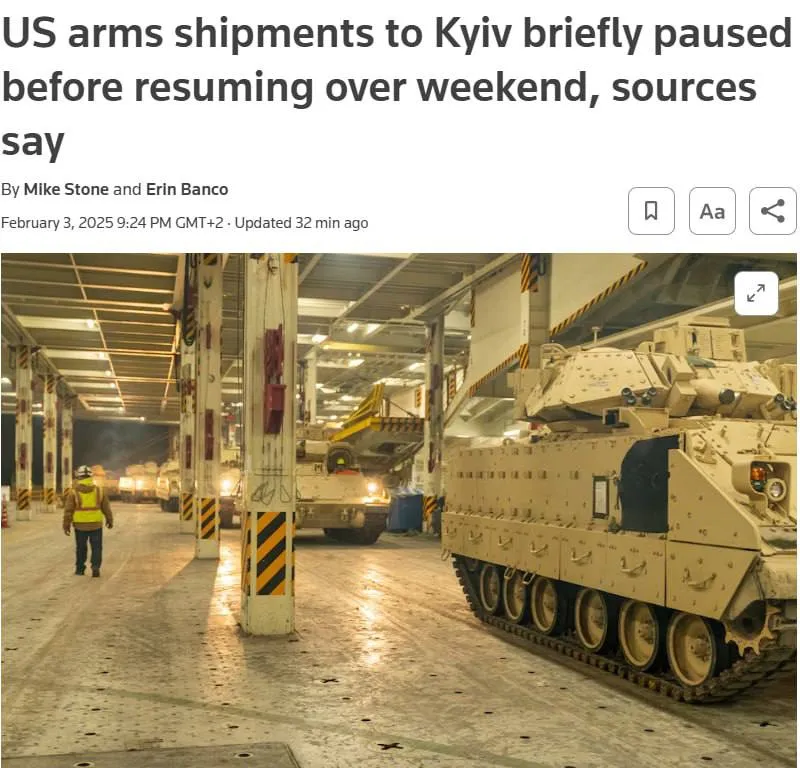
Does this mean Trump would be open to eventually ‘opening up the flood gates’ of major arms, should Putin spurn peace overtures? It’s hard to believe, because Trump has just been very vocal in his conviction that Europe must at the minimum match US’ previous financial commitments to Ukraine, and this seems unlikely as Europe is no closer to any form of concensus or solidarity, and is in fact fracturing more. So how would Trump open up such ‘flood gates’ while contradicting his stance, since it would cost inordinately more American dollars in relation to Europe’s support to do so?
As such, we can only assume that Ukraine will continue getting some bare minimum amount of aide, but not any ‘surge’-like shipments that could fend off Russia in any way. Thus, the only real chance for survival in the interim that Ukraine has left is to lower the mobilization age, which could buy them perhaps another year or year and a half at most. But Zelensky appears adamantly against this without major weapon surge guarantees—and on the eve of a potential forced election he’s unlikely to carry out an order that would be certain political suicide.
We can only surmise that the ambiguity and mystique surrounding Trump’s salvation of Ukraine will float Ukrainian hopes for a few months longer, in a kind of period of ‘hopeful delirium’. But somewhere around late spring or summertime, when it begins to dawn that Trump has no magic elixir, Ukraine’s political turmoil could begin coming to a terminal head, in one way or another. This would likely coincide with another more major springtime offensive push from Russia that would see pressure being put on several more axes, which would tighten the yoke around the AFU to boiling point extremes.
Another from Legitimny:
#hearings
Our source reports that independent Western think tanks predicted a negative scenario for Ukraine.
If the war lasts until January-March 2026, the Ukrainian army with a probability of 62% will lose its combat effectiveness, which will lead to large-scale collapse of the defense borders, launch a case with internal qualities and Maidans, which is likely to lead to surrender.
Zelensky (and his sponsors) know about this scenario, but he has been given the task of his «sponsors », to risk the future of Ukraine, for the sake of a personal future, and future demartis / globalists who are ready to sacrifice Ukraine for the sake of their game against Trump.
Otherwise, [Zelensky] will be completely merged. Perhaps even eliminated, and according to the media they will say that a Russian hypersonic rocket / killer hit, etc.
And it is unlikely that someone will ask a question, and why they have not eliminated it all the years, and then they suddenly decided.
So he pulls with a peaceful case, trying to extend the war as long as possible.
Lastly, it’s worth noting that in tune with the above discussion around Trump’s hardball approach, Trump released this new ‘interesting’ statement regarding Ukraine today, wherein he appeared to imply that any further assistance would have to be at the expense of major Ukrainian concessions of their most valued rare earth minerals: (Video at link.)
What an “ally”. If that was Putin demanding Ukraine’s natural resources in exchange for a friendly ‘relations’, he would be demonized to hell and back and his statements used as justification for Ukraine to join the other adversarial side. What has Russia ever done to Ukraine in line with this level of disrespect, that Ukraine should have persecuted Russian speakers and culture, spit in Russia’s face, and back-stabbed it?
Either way, it shows Trump’s continued support to Ukraine is not guaranteed, which adds quite the wrinkle to Ukraine’s future.
For his part, Arestovich made a prediction for Trump easily ‘dismissing’ Zelensky: (Video at link.)
It was followed by a very frank admission where Arestovich, with no frills, declared: “We have lost the war.”
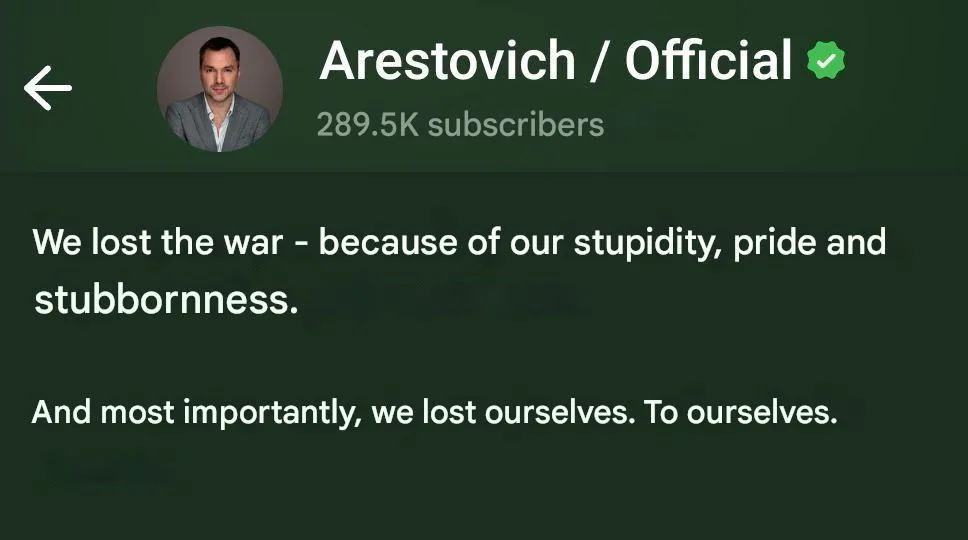
What more can one say?
https://simplicius76.substack.com/p/rus ... -preparing
******
Control of Ukrainian mineral resources
February 4, 15:11

The Russian Federation has taken control of up to 70% of Ukraine's mineral resources: most of the minerals are in the Donetsk, Dnipropetrovsk and Luhansk regions, Forbes calculated. Their value is 15 trillion dollars.
P.S. It is worth noting that yesterday Trump actually demanded that the remaining Ukrainian deposits of valuable metals be transferred to the US control.
https://colonelcassad.livejournal.com/9651143.html
The face of the Poltava blogosphere
February 4, 19:01

The face of the Poltava blogosphere.
In 2023, this blogger, when detained by man-catchers, swore at them and spat at one of them.
For this, he received 6 years in prison.
https://colonelcassad.livejournal.com/9651667.html
(Smart choice, beats being 'meat'.)
Poroshenko Condemns NATO
February 4, 20:58

Funny. In Ukraine, Zelensky's gang is trying to sink Poroshenko preemptively, since the US wants to force elections.
They are pulling out the dirty laundry of the chocolate Fuhrer, including his public statements against NATO in 1999, when Poroshenko, as part of Medvedchuk's party (ha-ha), condemned NATO's aggression against Yugoslavia.
In fact, there is nothing surprising here, the oligarch Poroshenko was then hanging around with the so-called "pro-Russian" groups and was one of the founders of the notorious "Party of Regions", which declared strengthening ties with Russia and protecting the Russian language. Naturally
, since then Poroshenko has changed his tune many times, but nevertheless, now these statements against NATO are seriously being blamed on him politically, because NATO is above any suspicions and accusations in the coordinate system of Ukrainian political betrayal.
https://colonelcassad.livejournal.com/9651962.html
Google Translator
******
Brief report from the front, February 4, 2025
Russian Armed Forces probe enemy defenses in the direction of the Pavlograd-Pokrovsk highway. Report by Marat Khairullin with illustrations by Mikhail Popov.
Zinderneuf
Feb 04, 2025
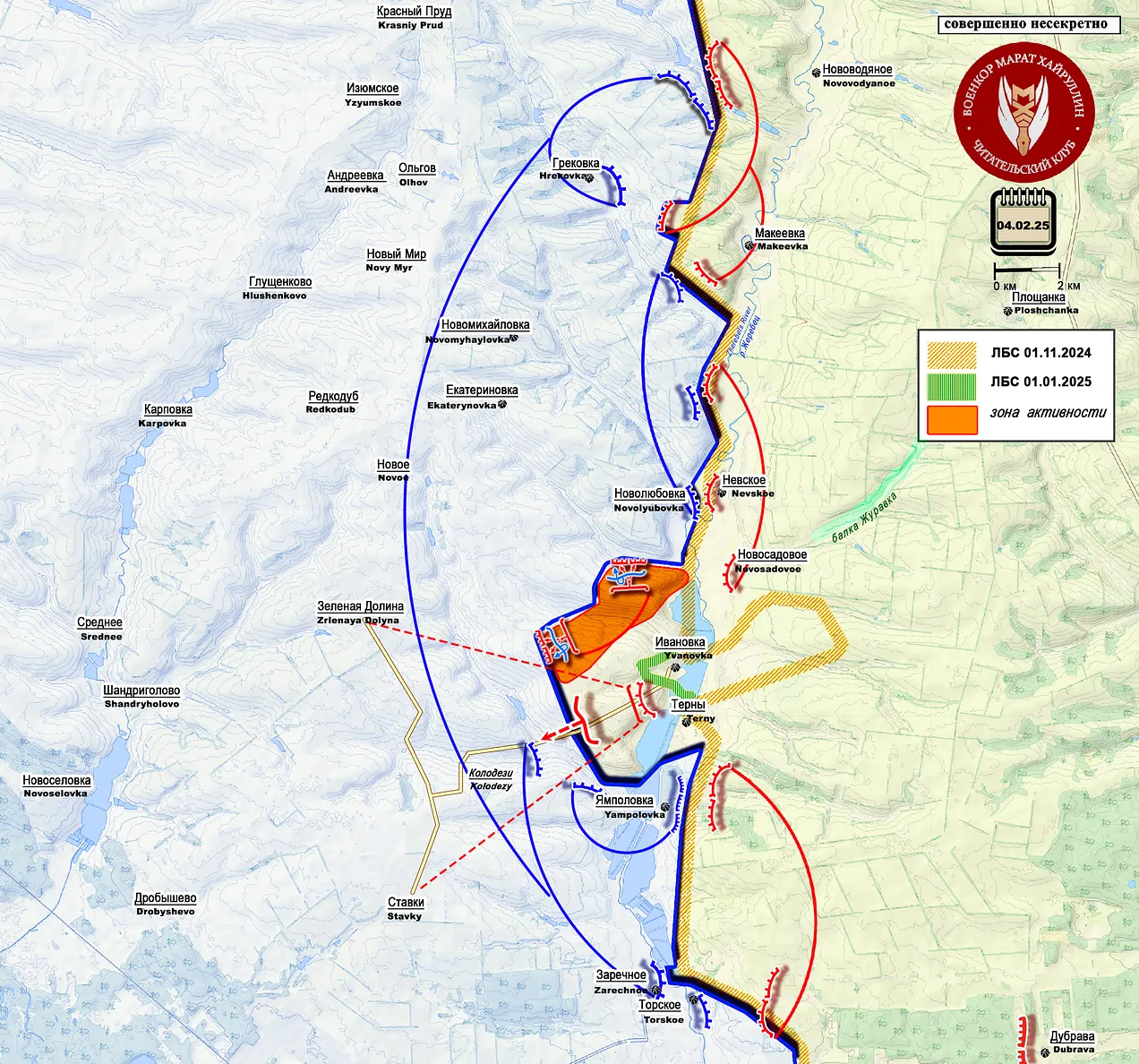
ЛБС 01.11.24=Line of Combat Contact November 1st, 2024. ЛБС 01.01.25=Line of Combat Contact January 1st, 2025. Зона активности=Zone of Activity.
On the Liman front, the Russian armed forces have expanded the zone of control west of the settlement of Ivanovka, pushing the enemy out of a line of strongholds along the tree line. North of the settlement of Kolodyazi (Kolodezi), they have occupied the trees. As a result, they have secured protected positions on a dominant height, which allows for maneuvering reserves for further advancement.
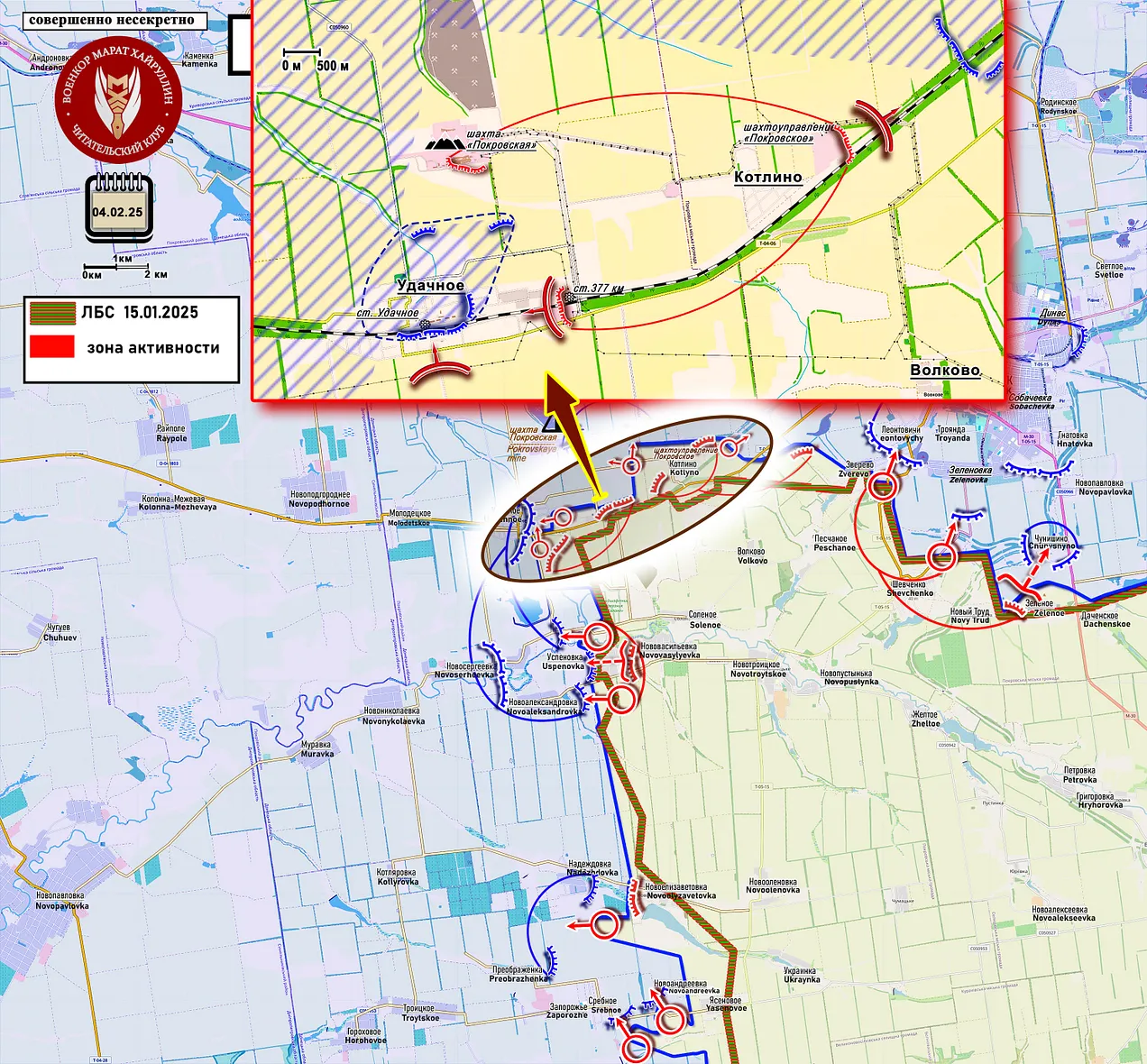
ЛБС 15.01.2025=Line of Combat Contact January 15th, 2025. Зона Активности=Zone of activity.
In the Pokrovsk sector, the fighting is primarily positional, though its intensity remains quite high. Both sides are actively using drones. Russian aviation is operating across the entire sector. Forces are being regrouped, logistics are being improved, and rear areas are being equipped.
Active clashes are ongoing in the area of the settlement of Chunishino (Chunyshyne). Here, our forces are breaking through the enemy's defenses, which are covering the flank of the fortified area of Lisovka-Sukhoi Yar.
[Refer to the part of the map in the box for the next section.]
In the area of the settlement of Kotlino (Kotlyne) (Котлино), pressure is being applied along the railway leading to Pokrovsk. They are probing the enemy's defenses in the direction of the E50 highway (Pavlograd-Pokrovsk), while also conducting fire on positions northwest of Kotlino, which cover the approach to the Pokrovskaya mine (Шахта Покровская*).
In the area of the settlement of Udachnoe (Удачное), Russian forces are advancing in the eastern part of the settlement, simultaneously attacking from the south to pressure the enemy and push them out of fortifications near the Udachnaya railway station (ст. Удачное*) in the central part of the settlement (the 377th km railway station on the eastern side of the settlement is under the control of our forces).
Fierce clashes are also continuing in the center of the settlement of Uspenovka.
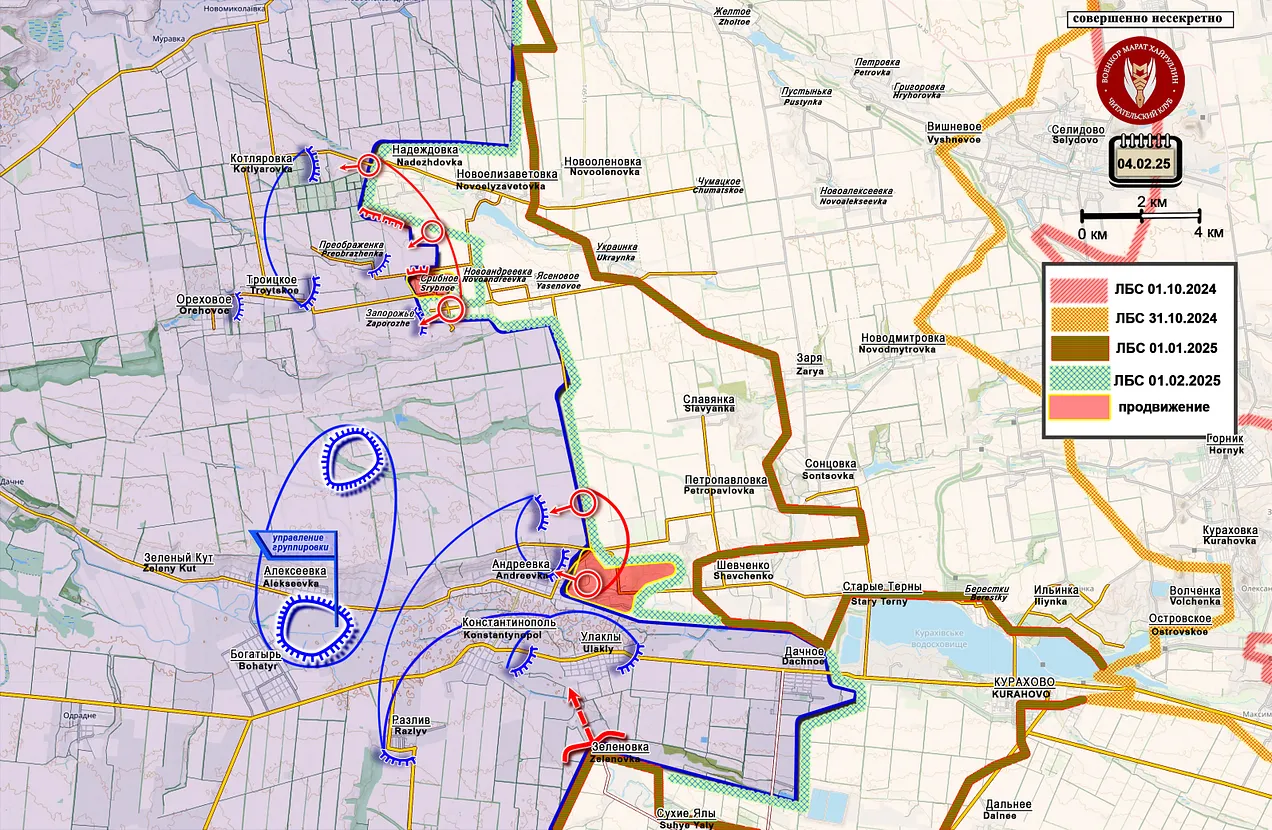
ЛБС 01.10.2024=Line of Combat Contact October 1st, 2024. ЛБС 31.10.2024=Line of Combat Contact October 31st, 2024. ЛБС 01.01.2025=Line of Combat Contact January 1st, 2025. ЛБС 01.02.2025=Line of Combat Contact February 1st, 2025. Продвижение=Progress.
South of the settlement of Nadezhdovka (Nadiivka), Russian units are conducting offensive operations in the direction of the settlement of Kotlyarovka (Kotlyarivka). Pressure is also being applied in the southern direction to close a small pocket between Nadezhdovka and Sribnoe, which formed after the capture of the latter.
After pushing the enemy out of the settlement of Sribnoe/Serebryanoe, forward detachments entered the adjacent settlement of Zaporozhye.
https://maratkhairullin.substack.com/p/ ... bruary-ed6


